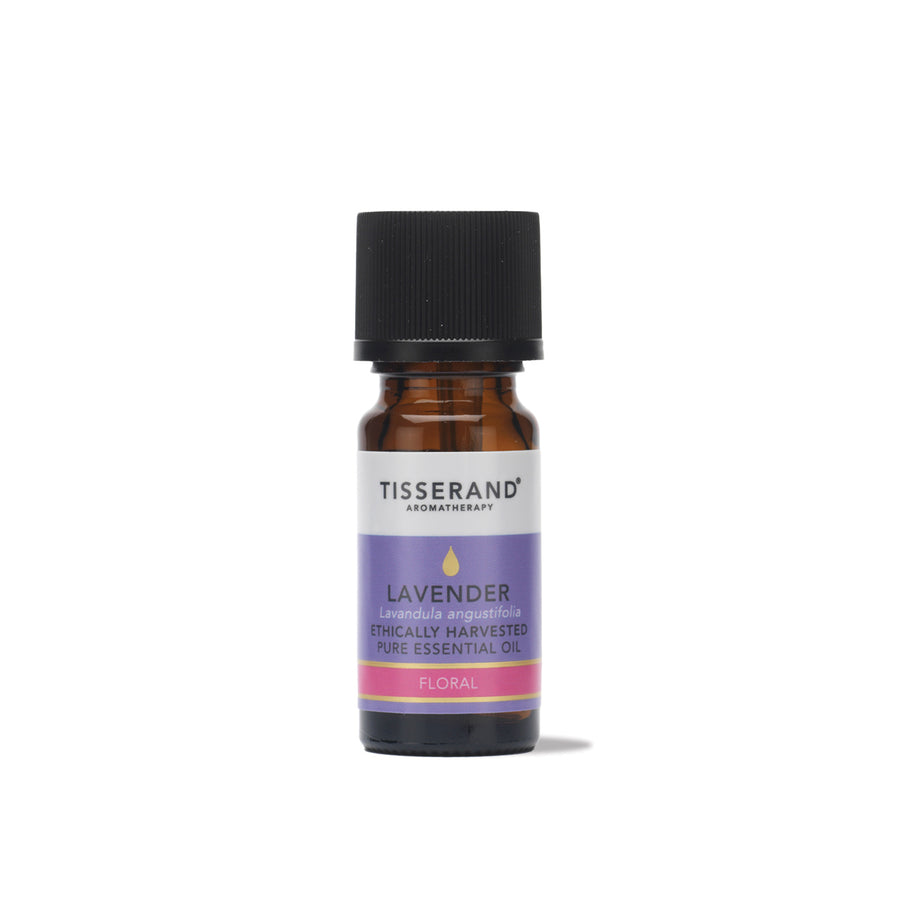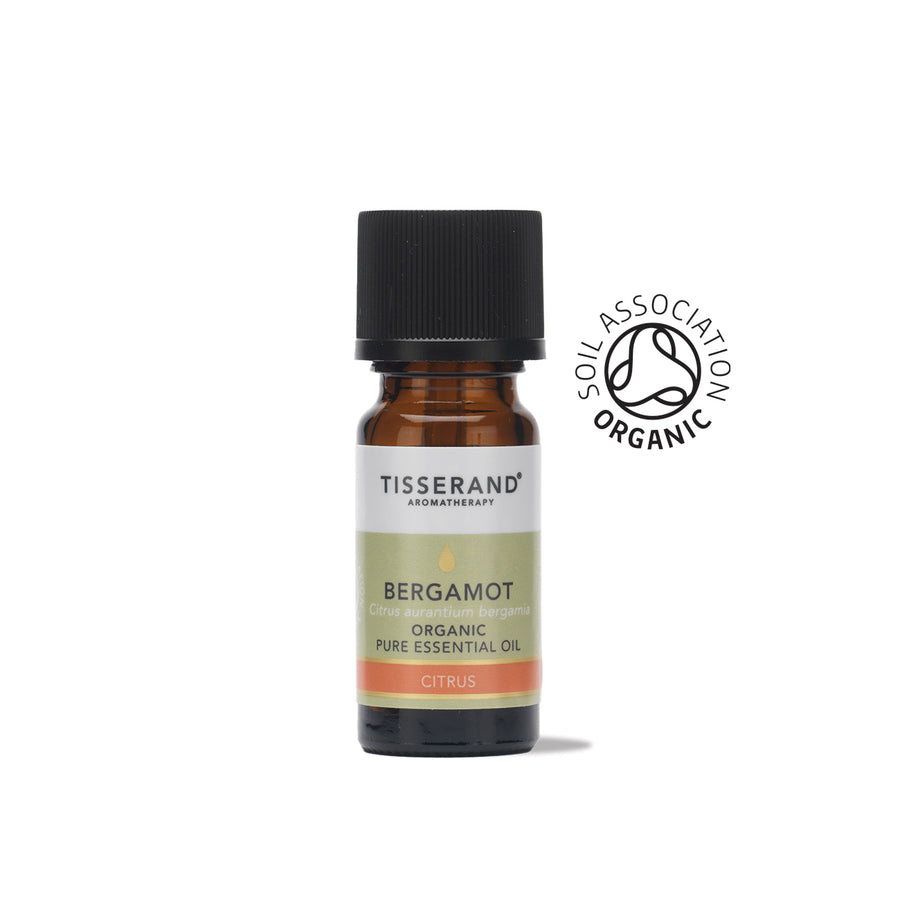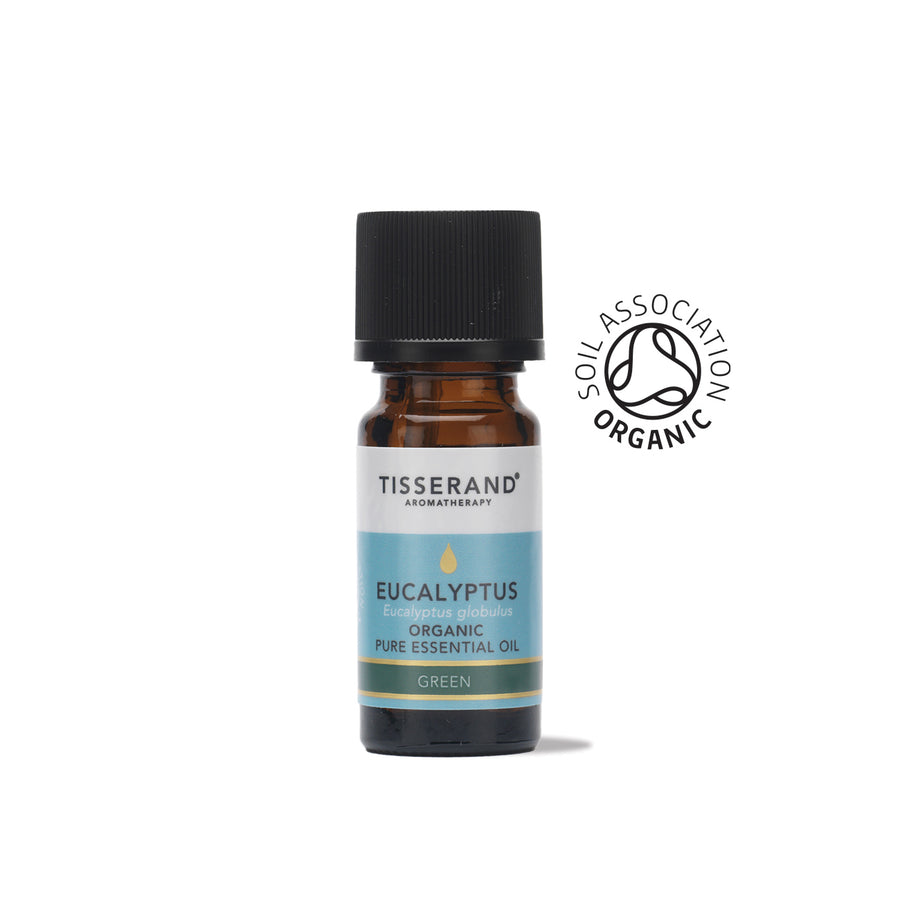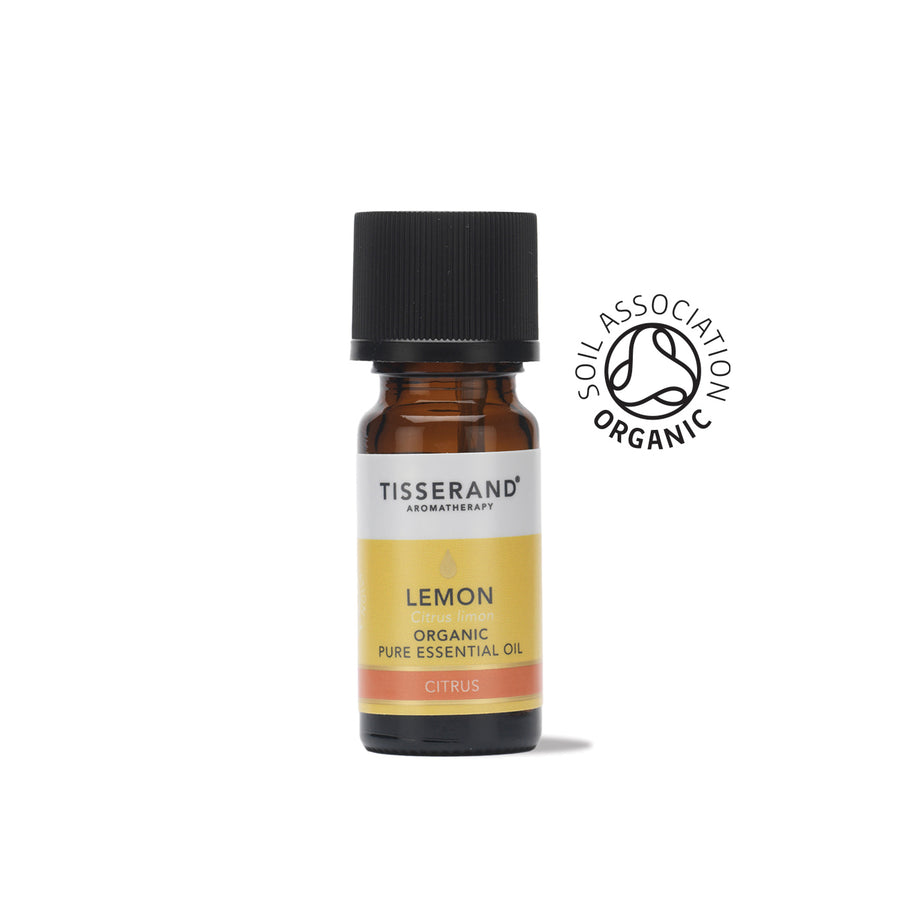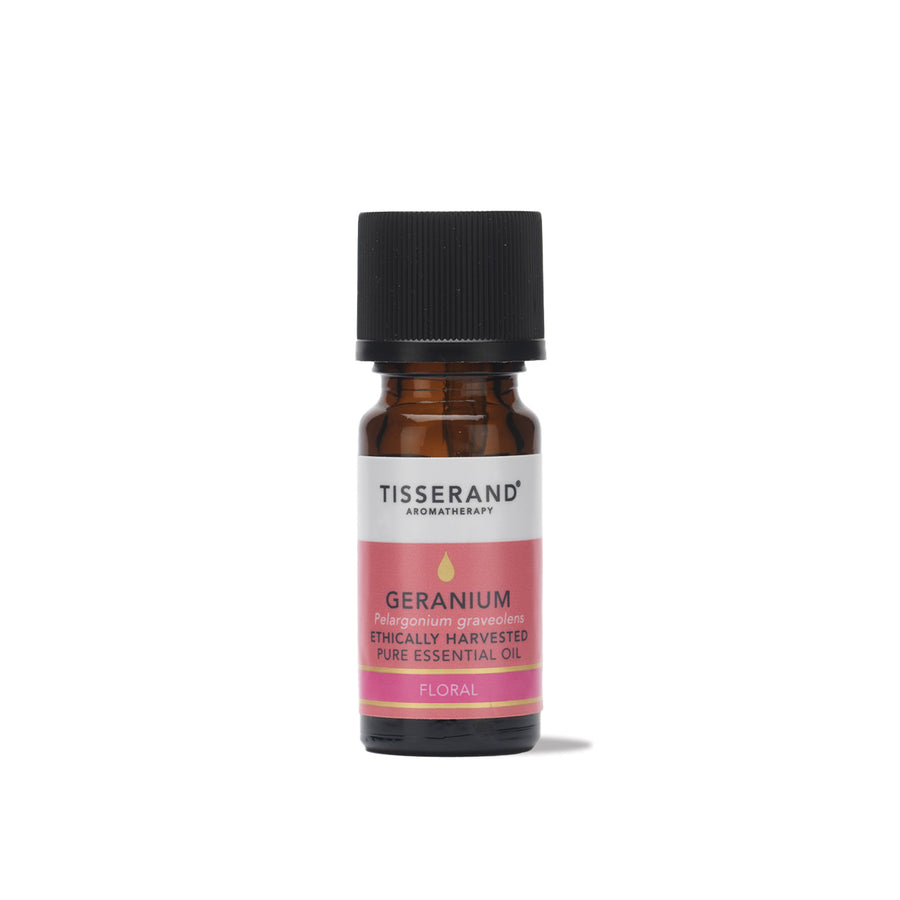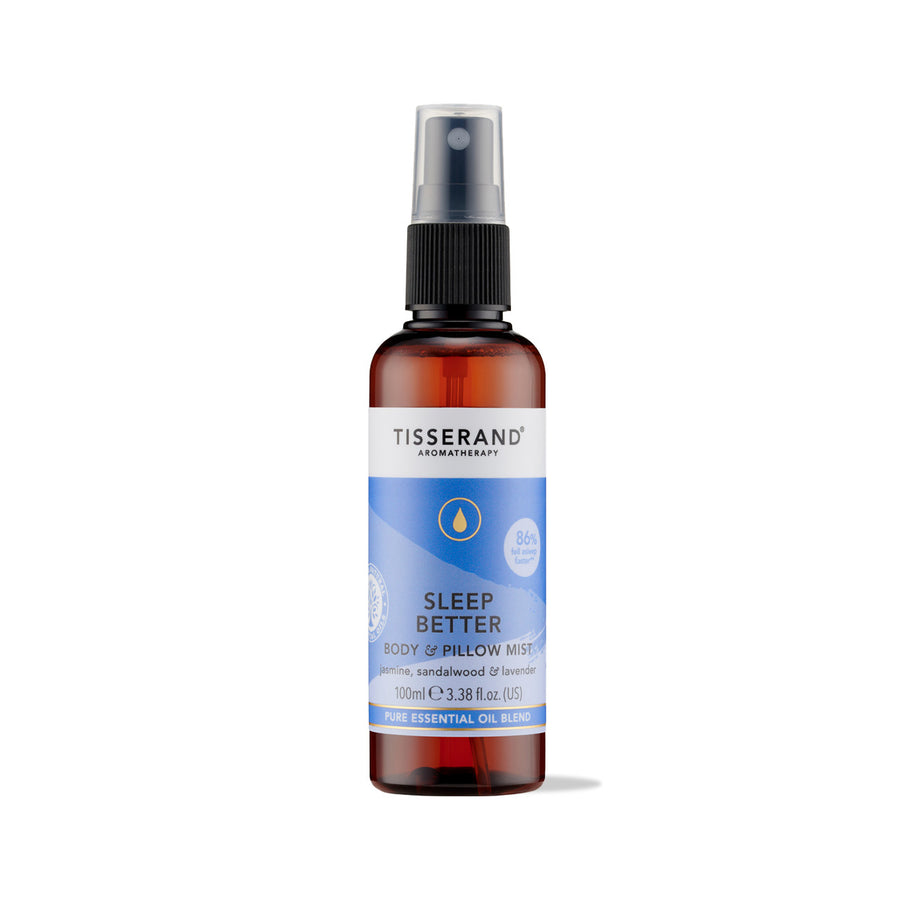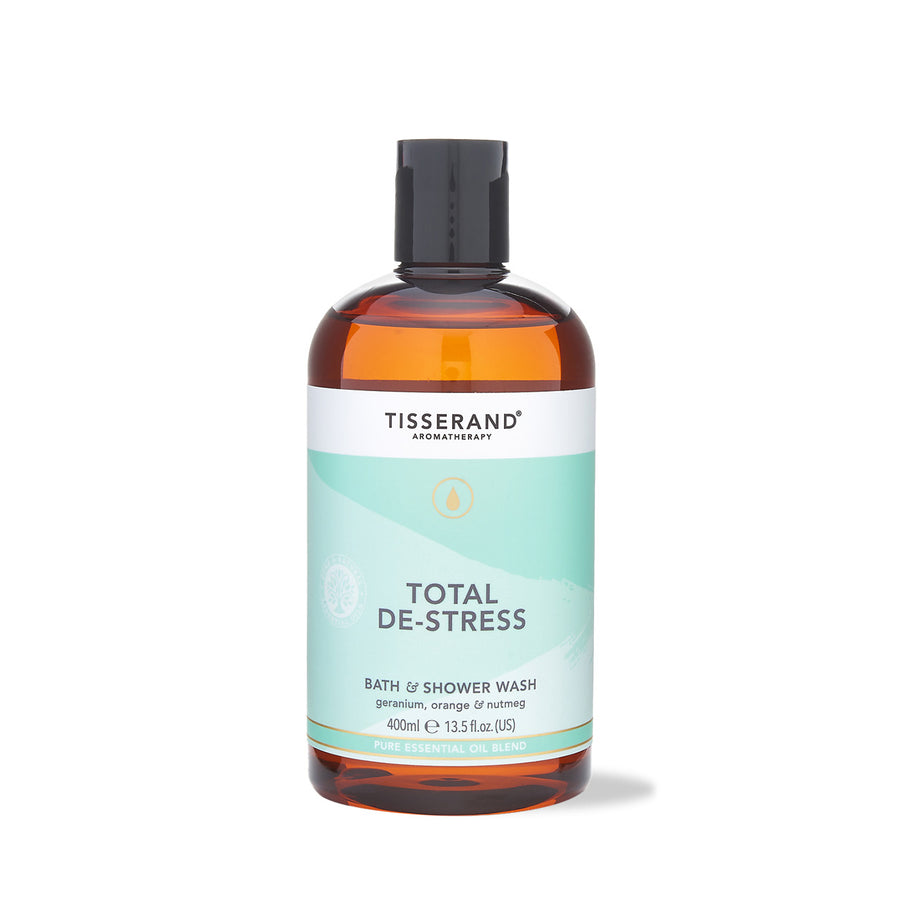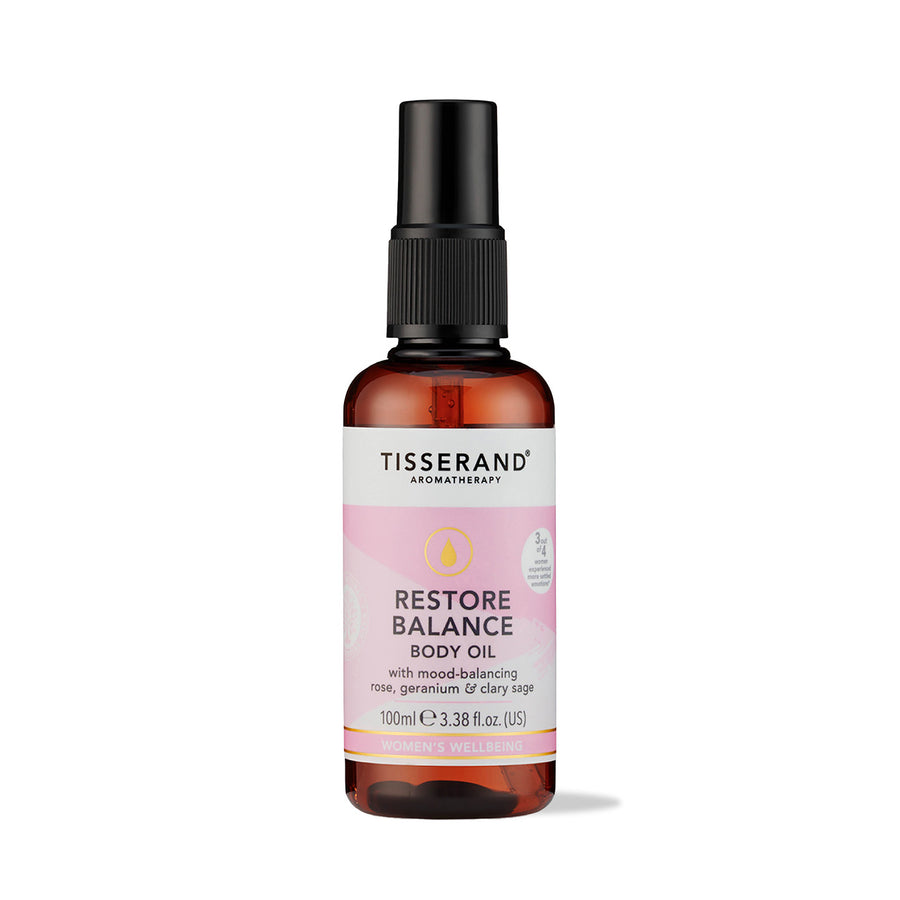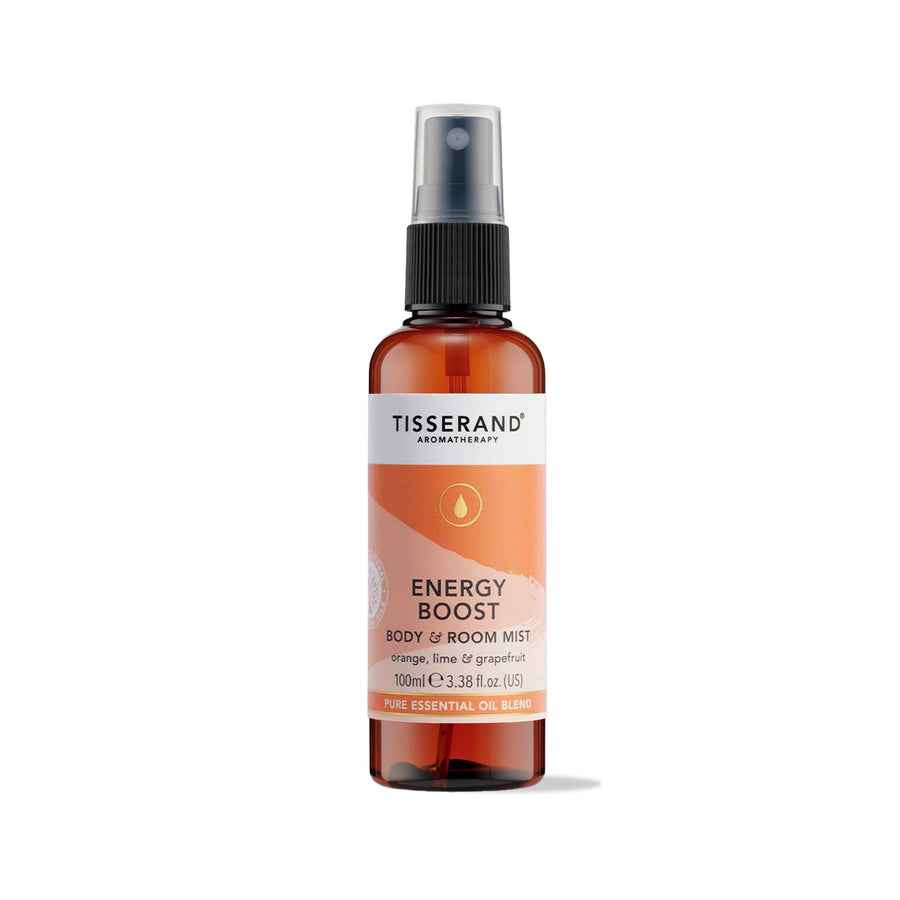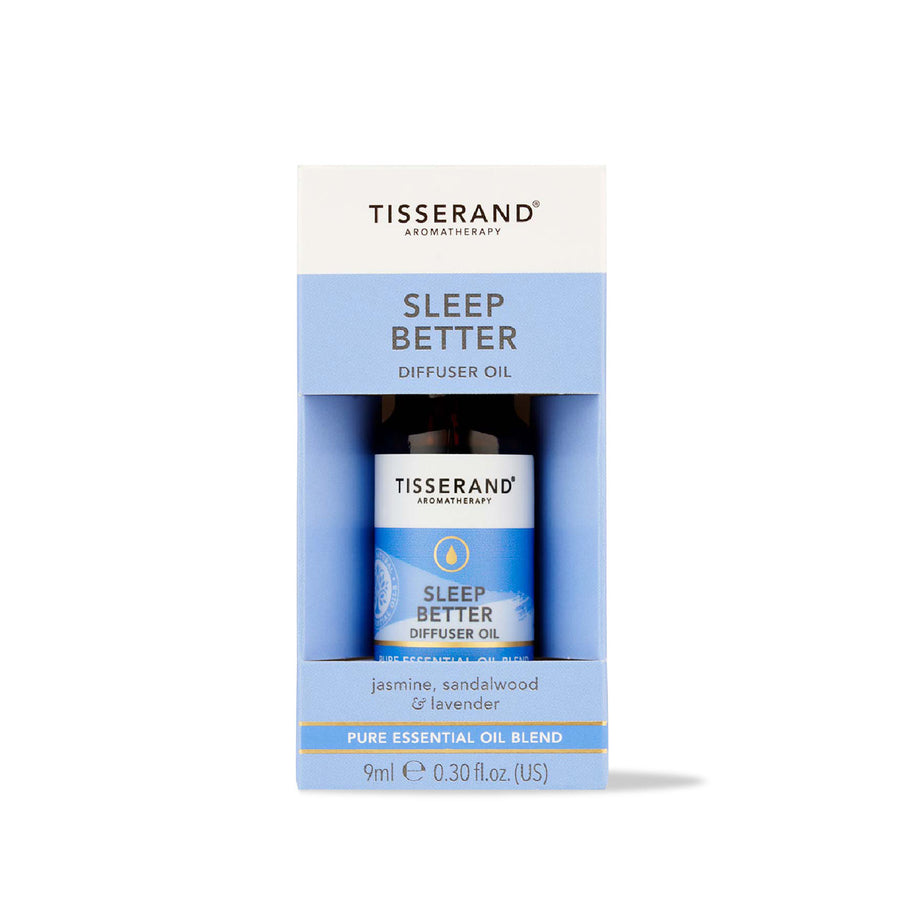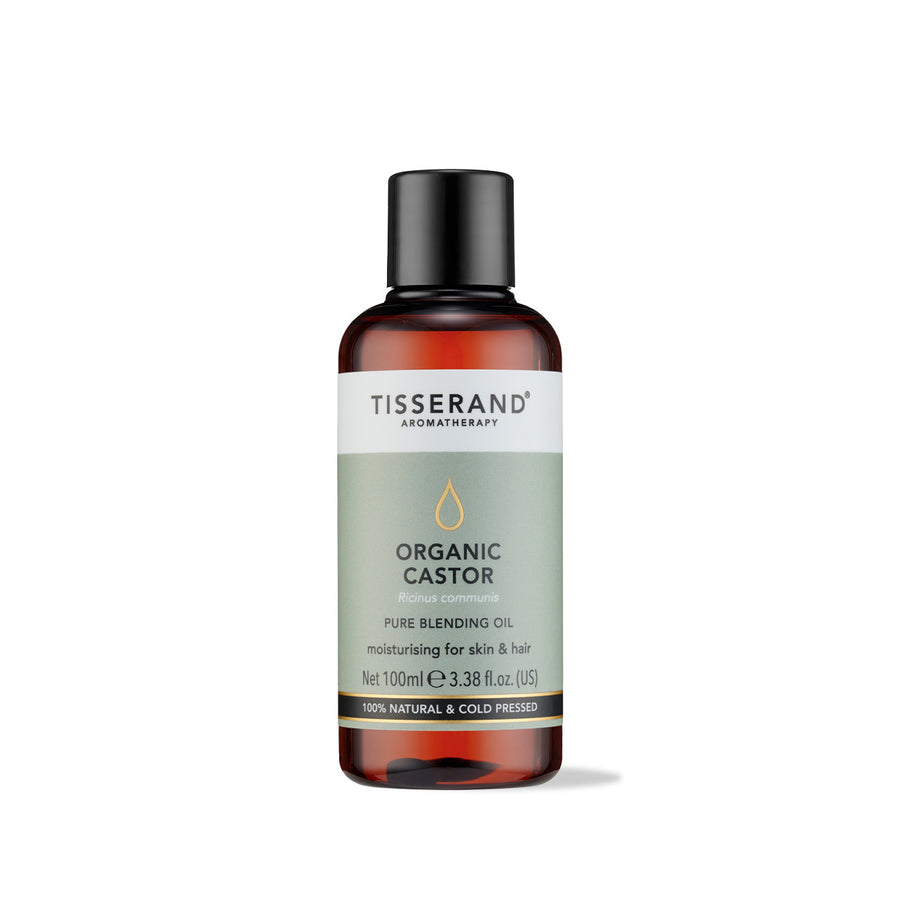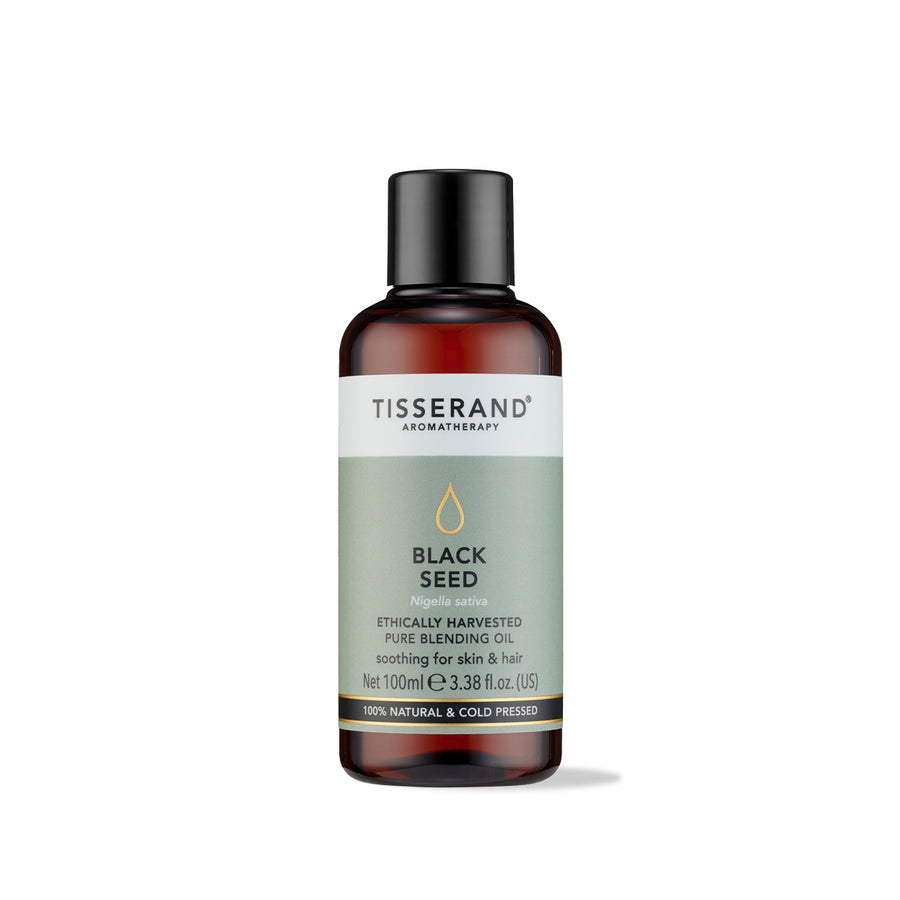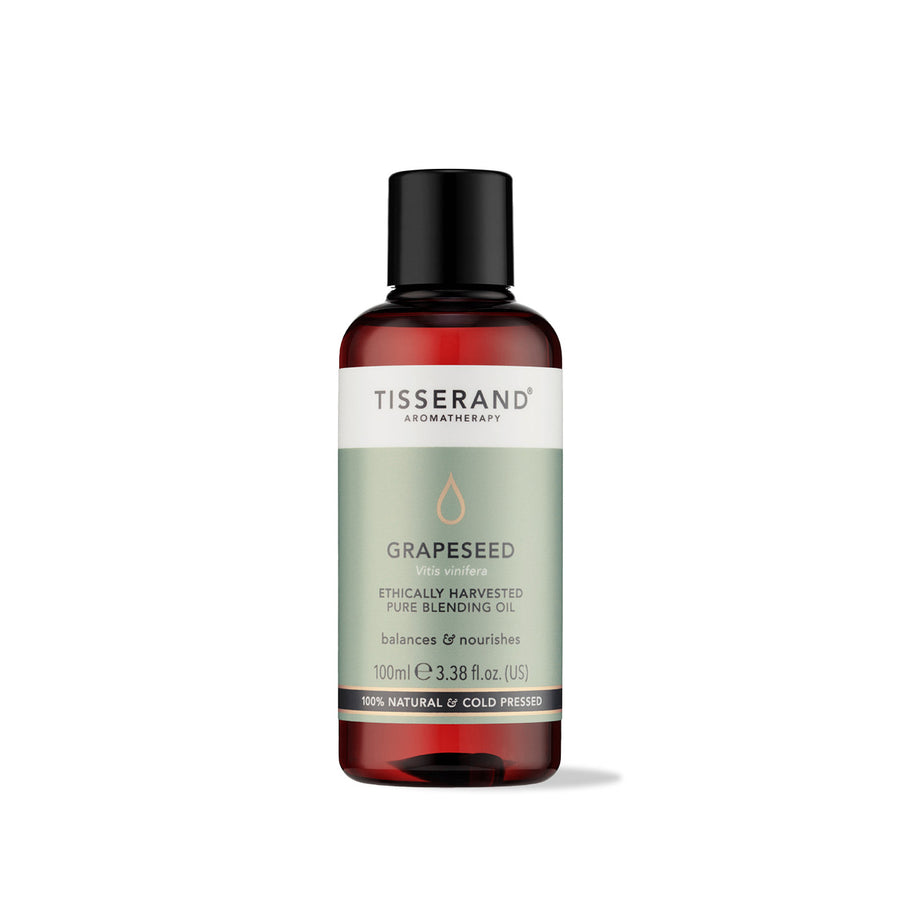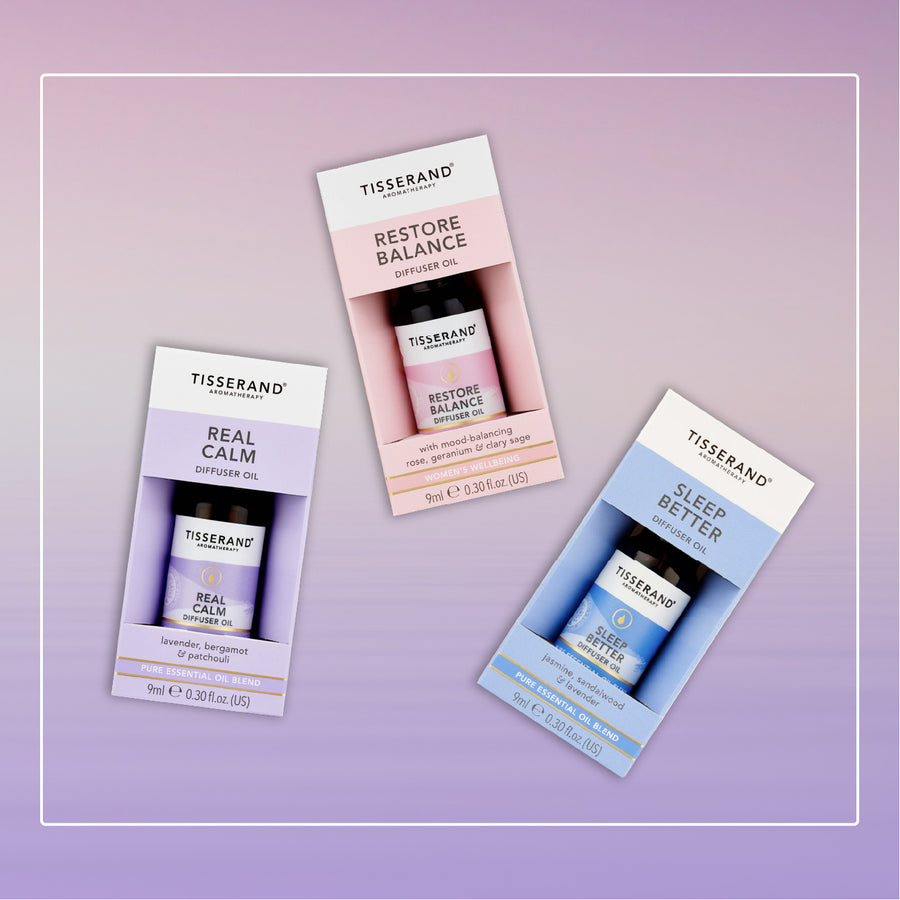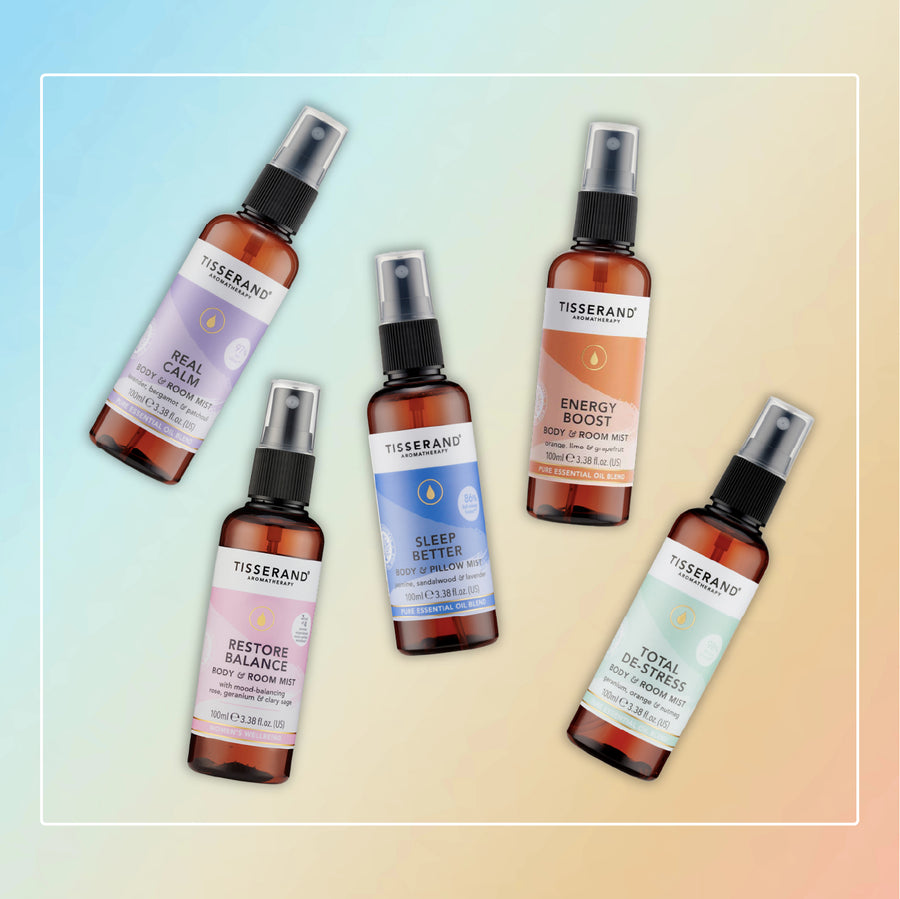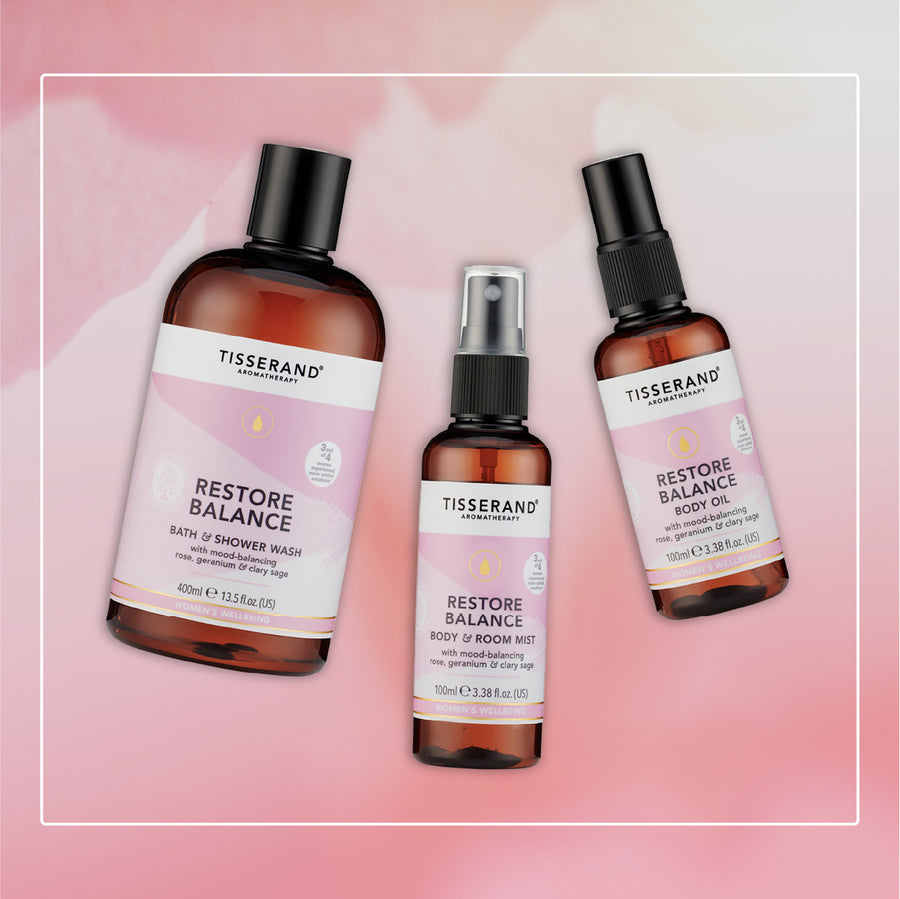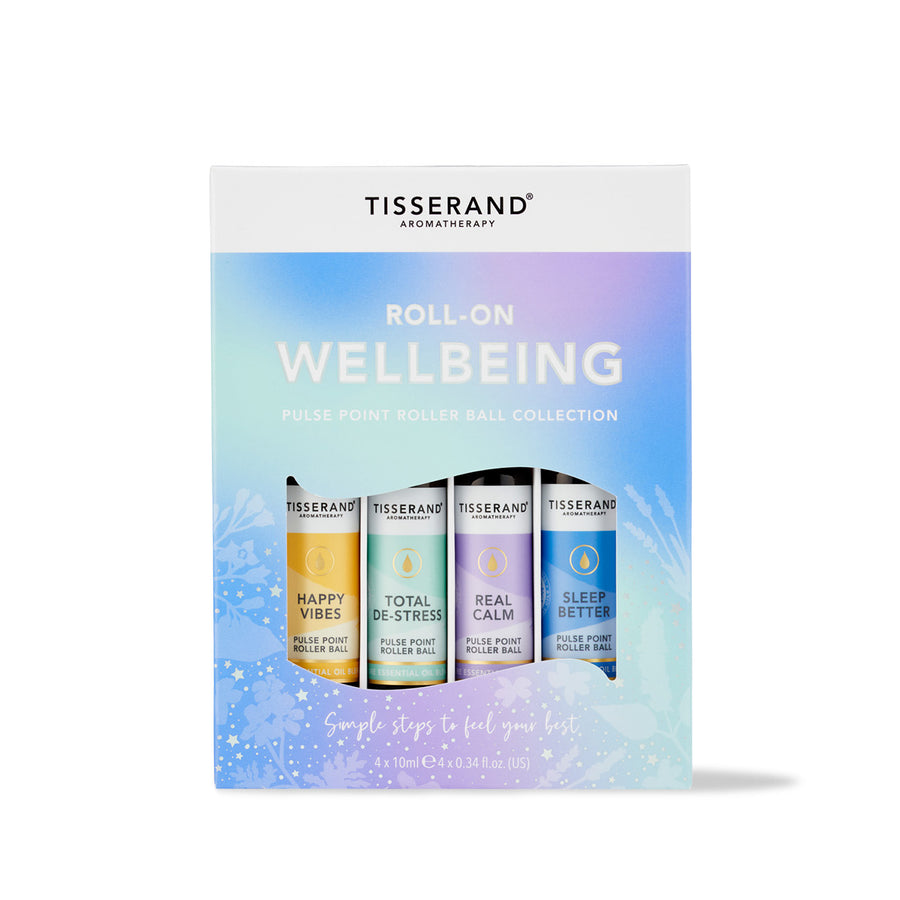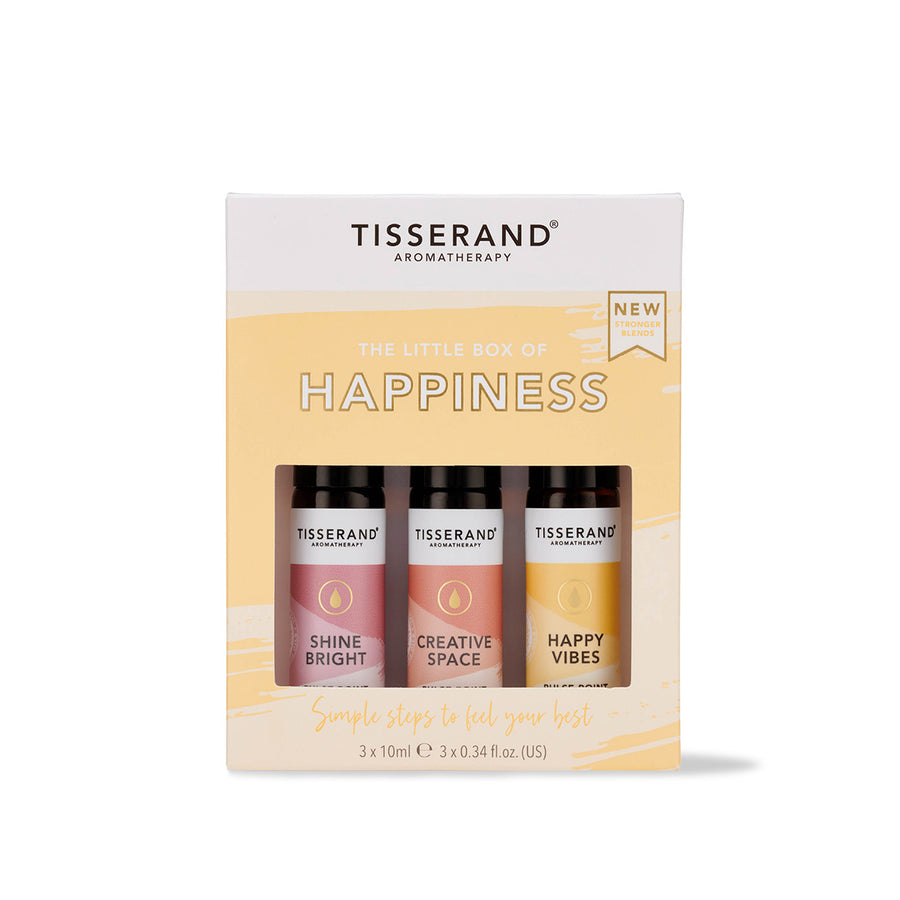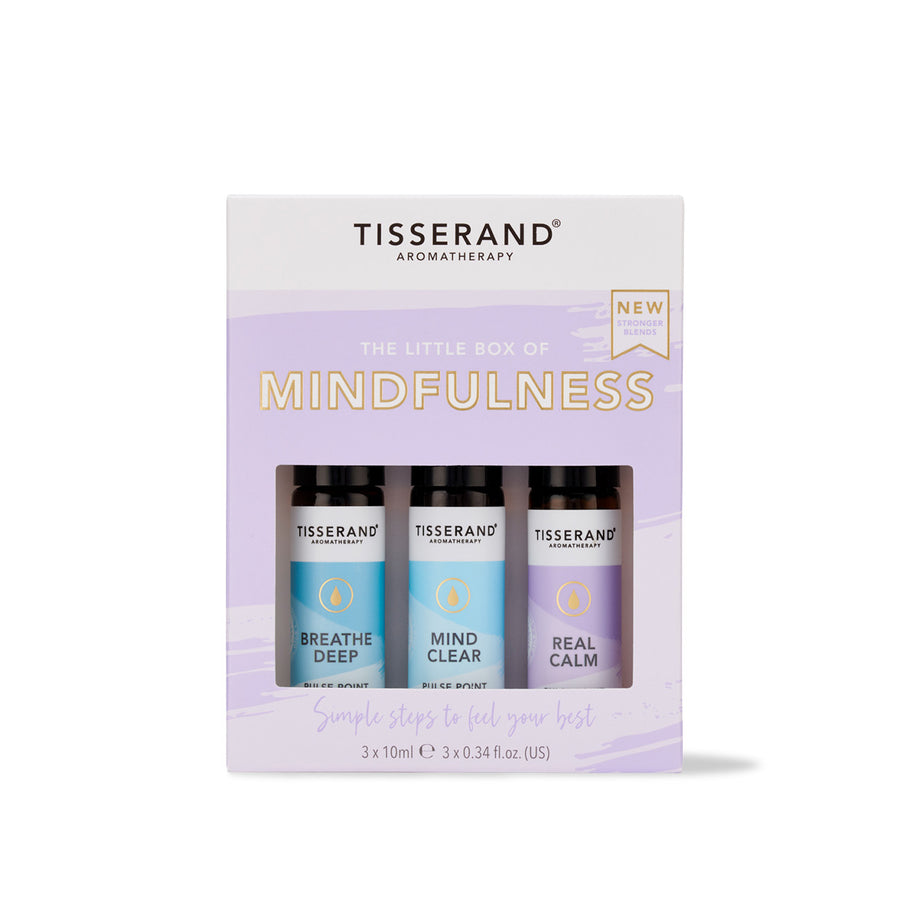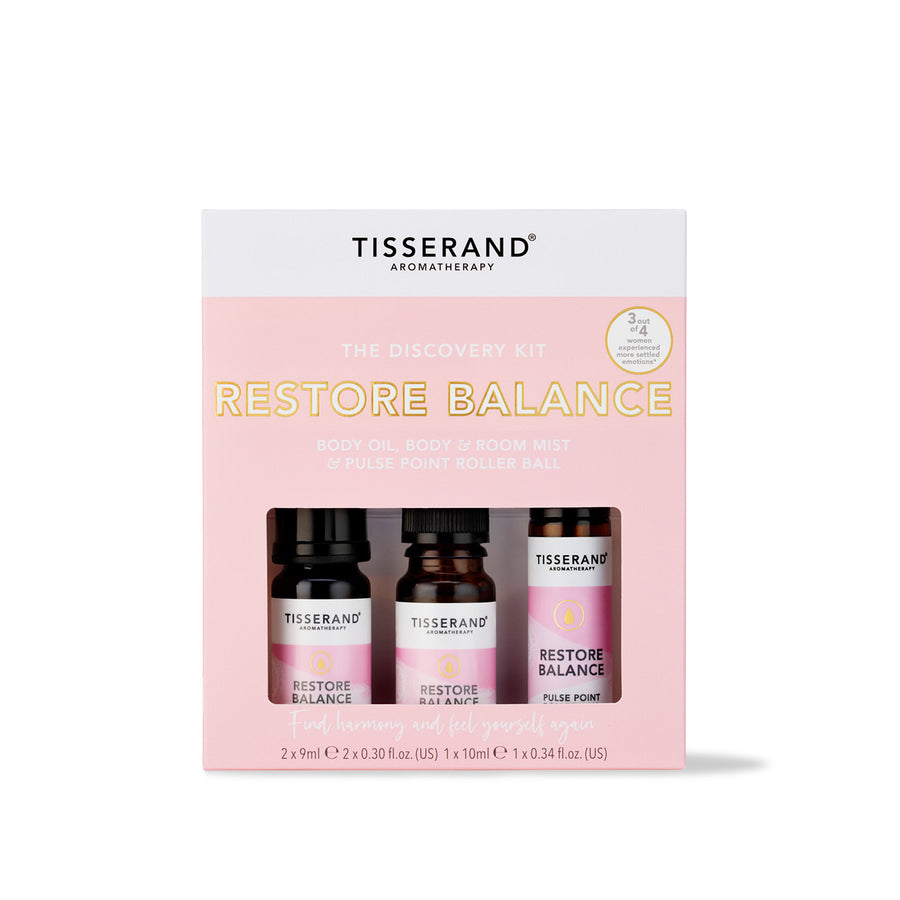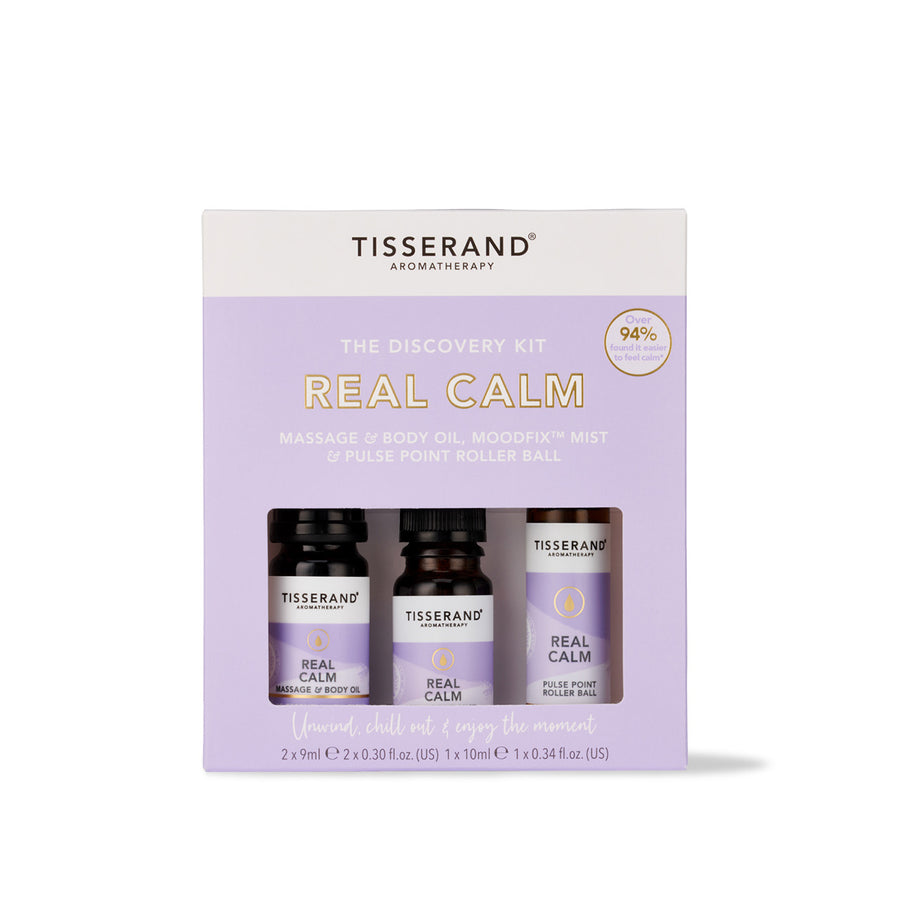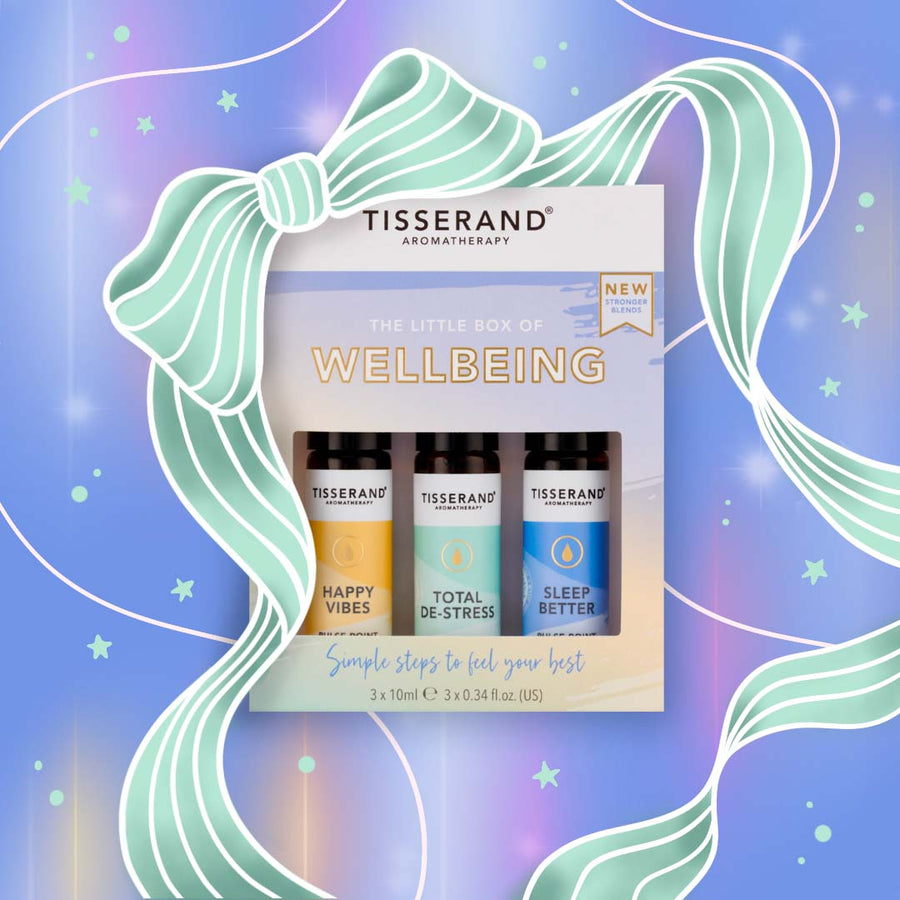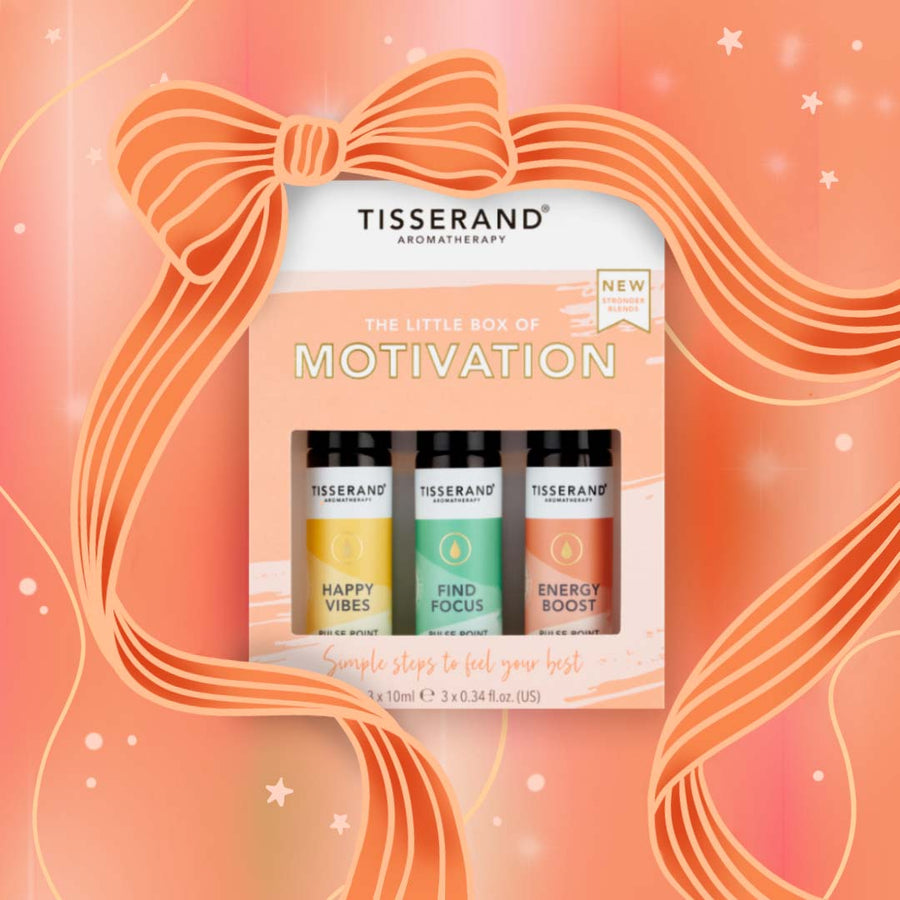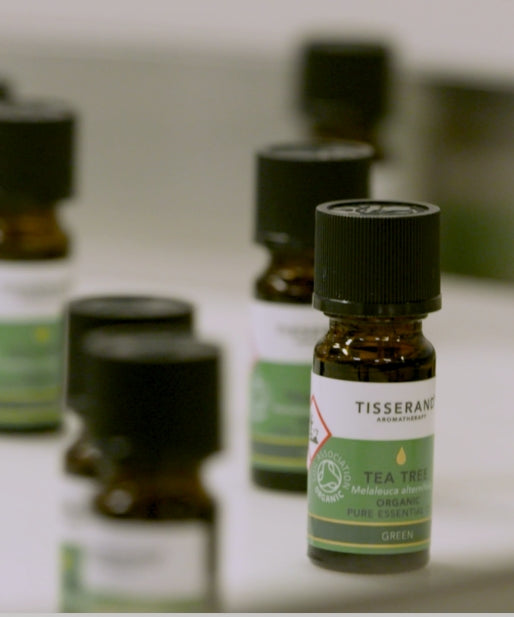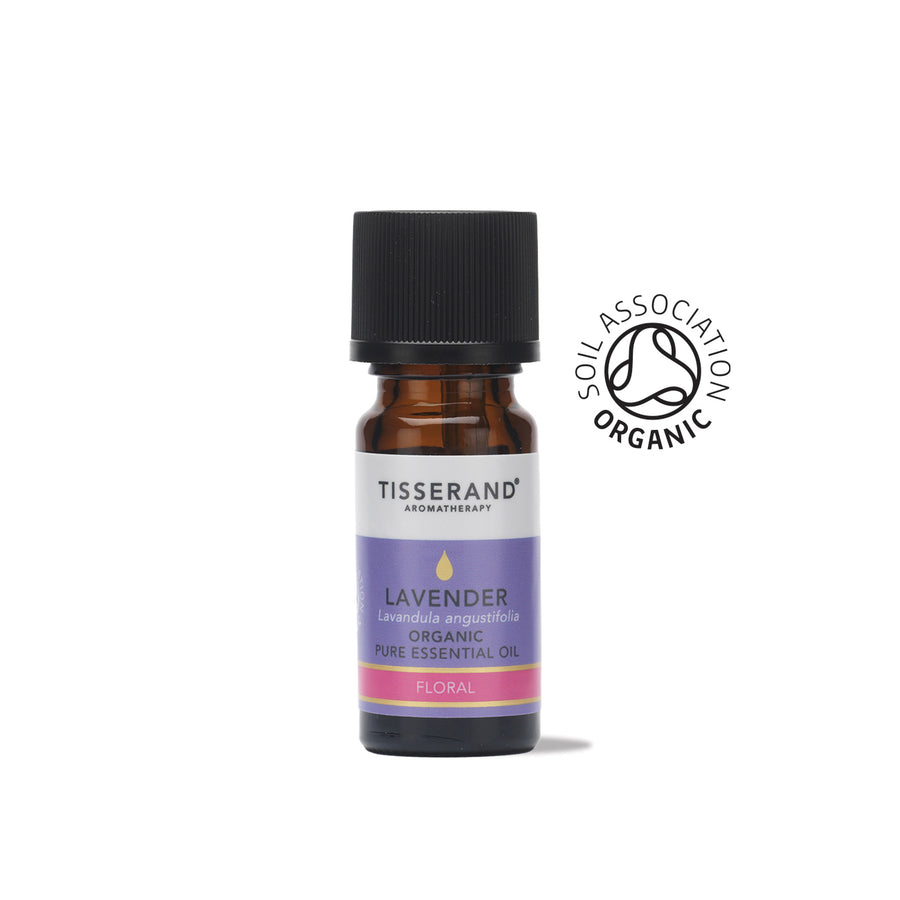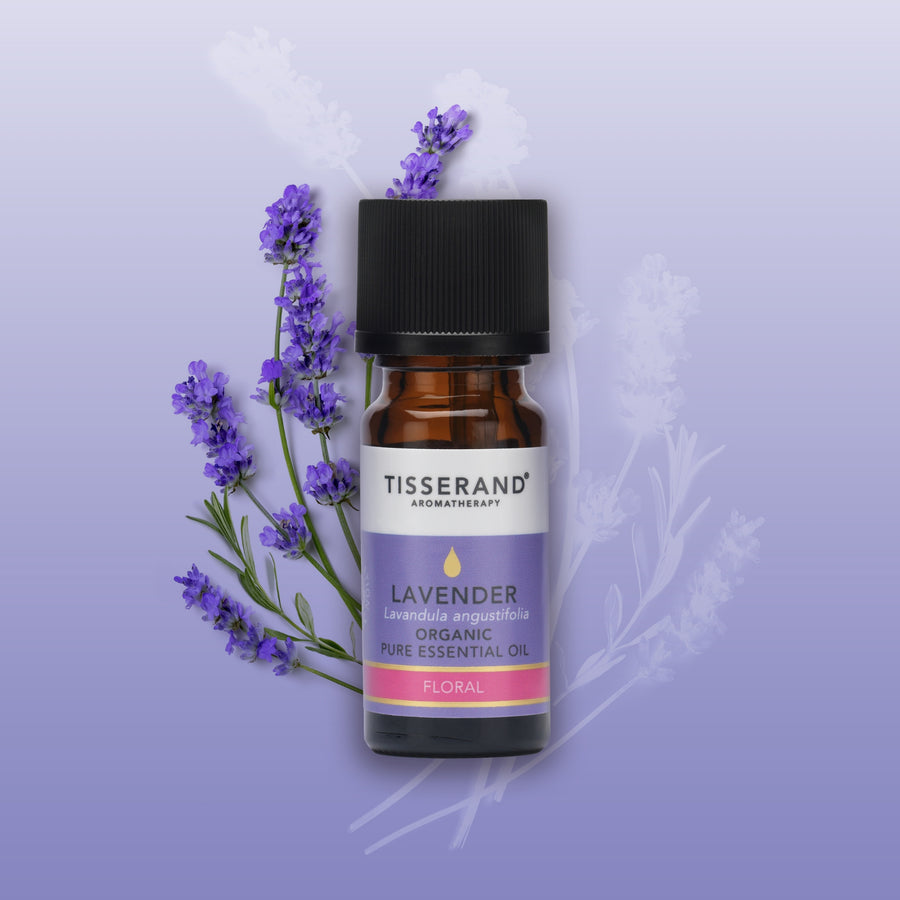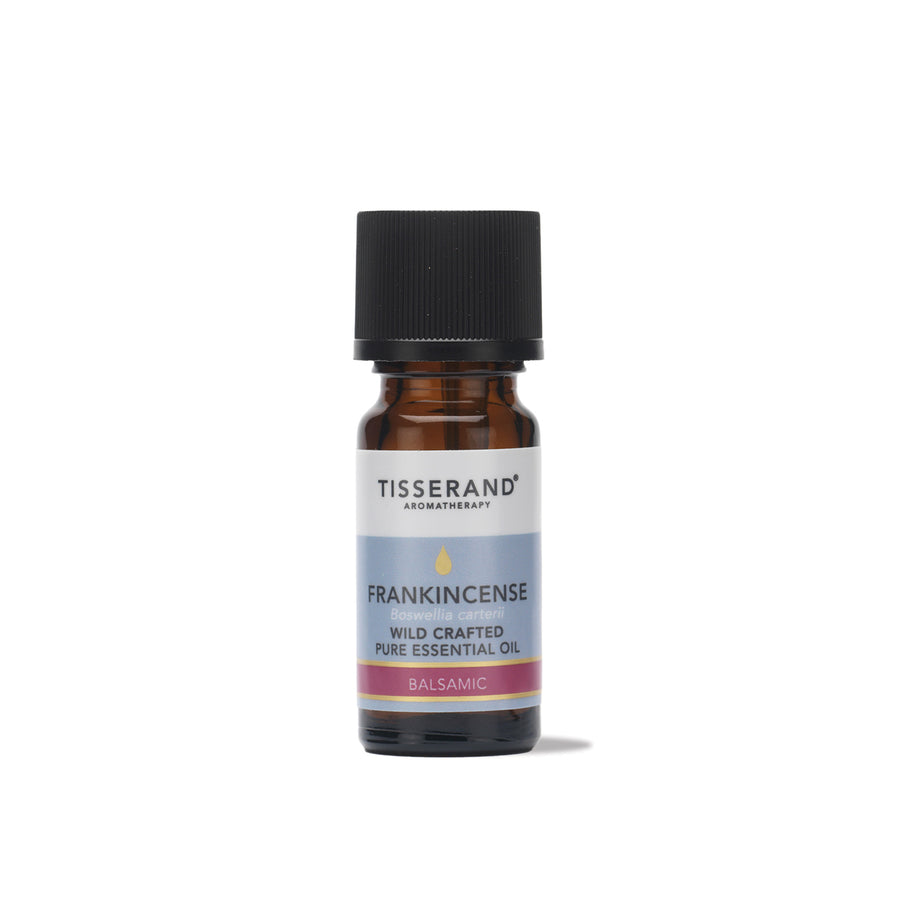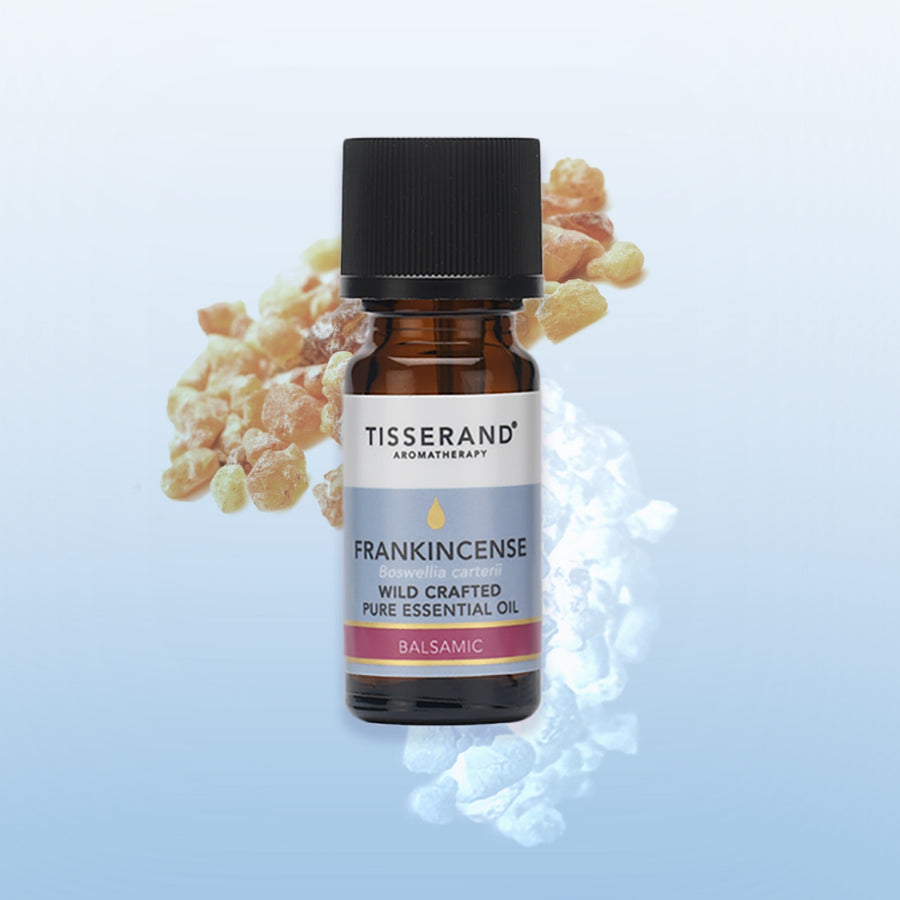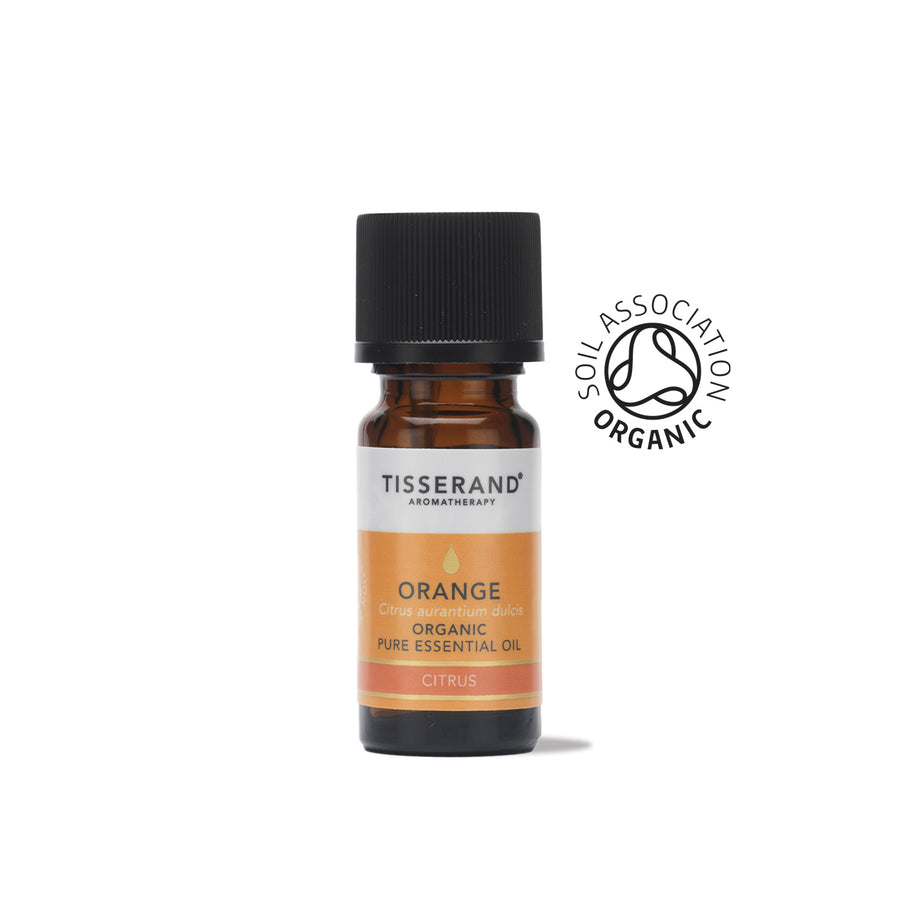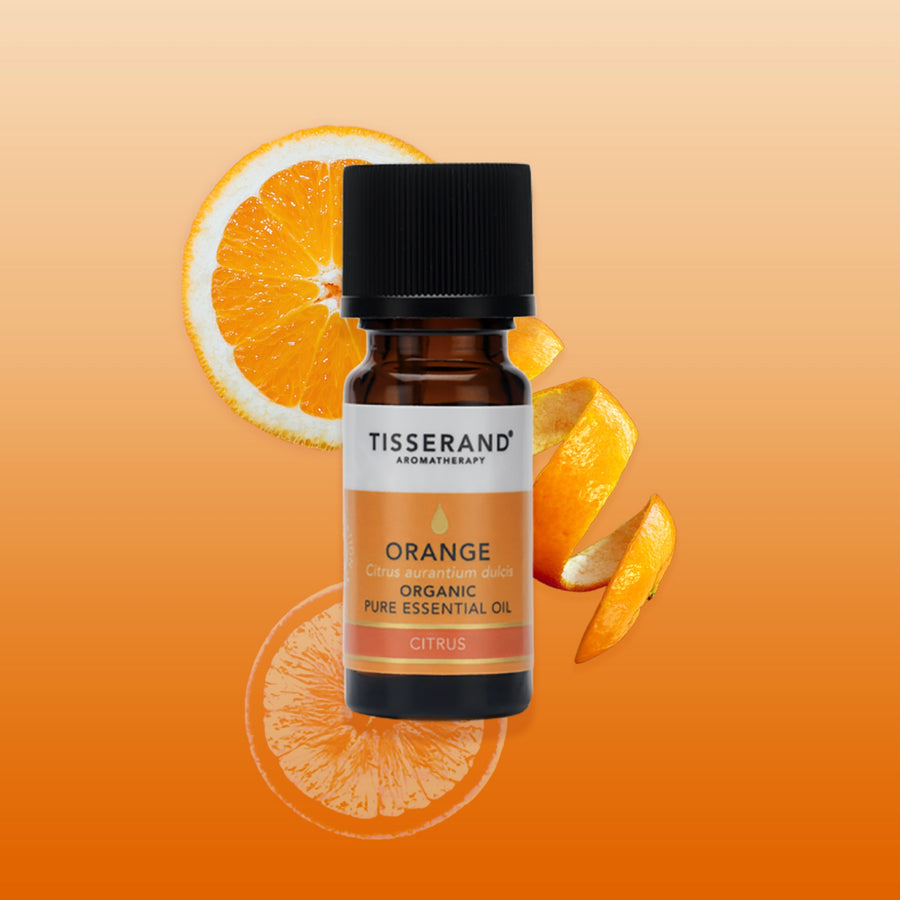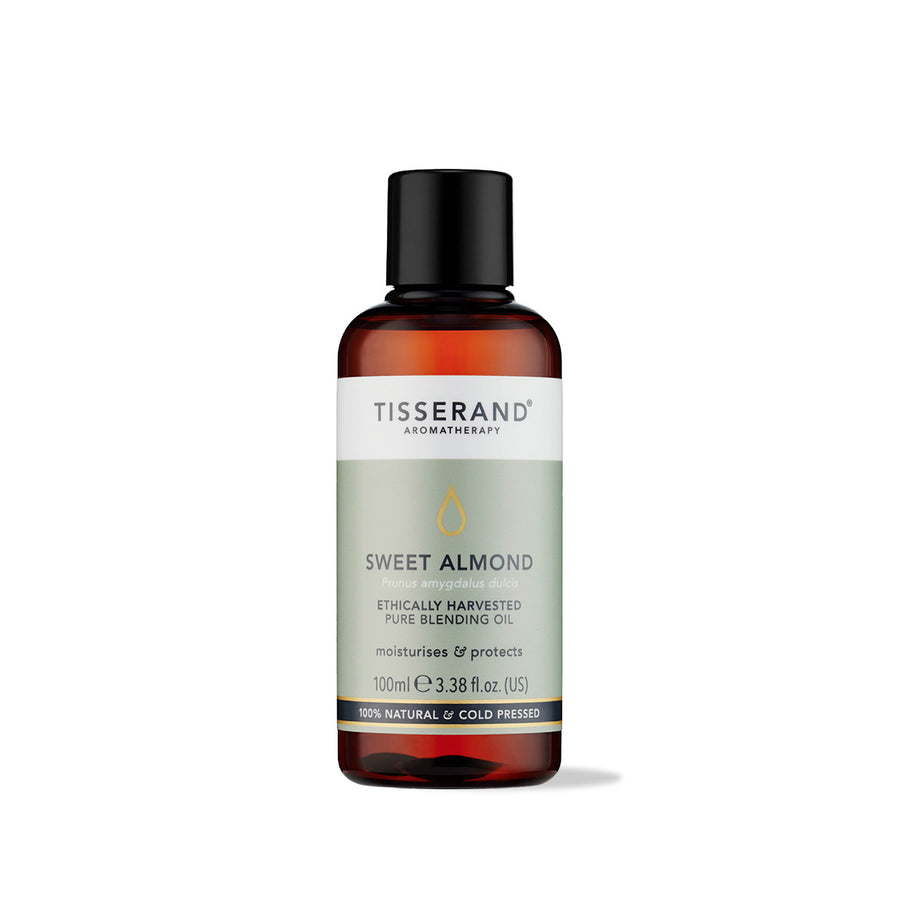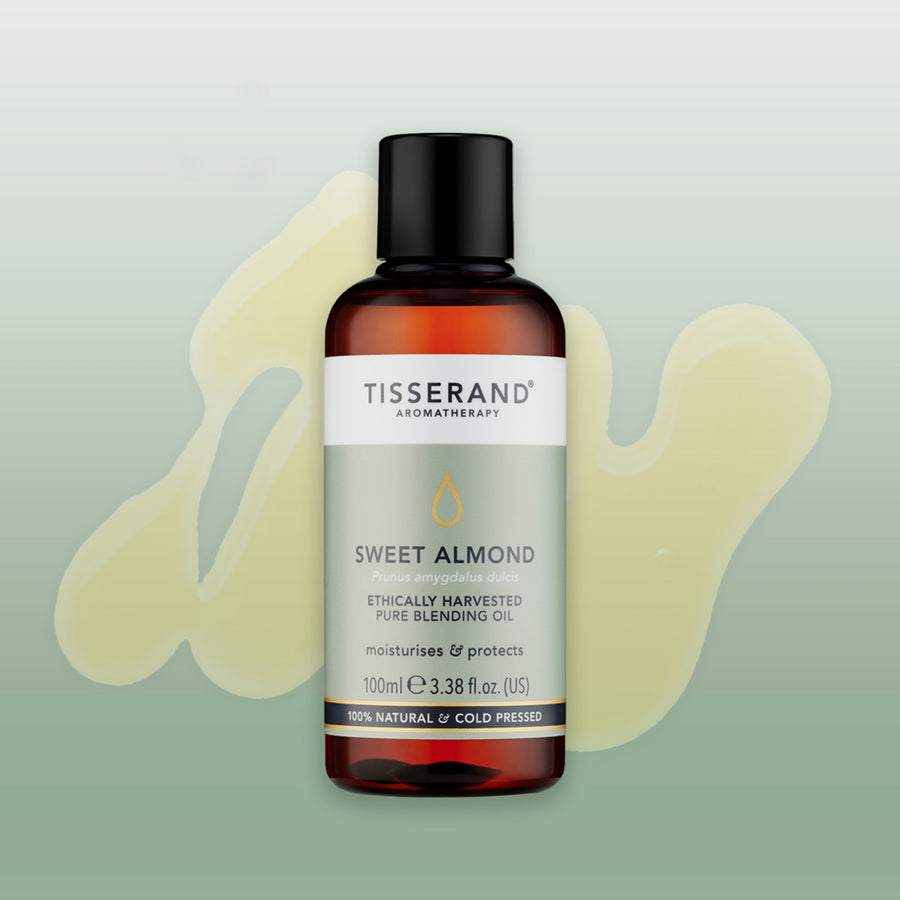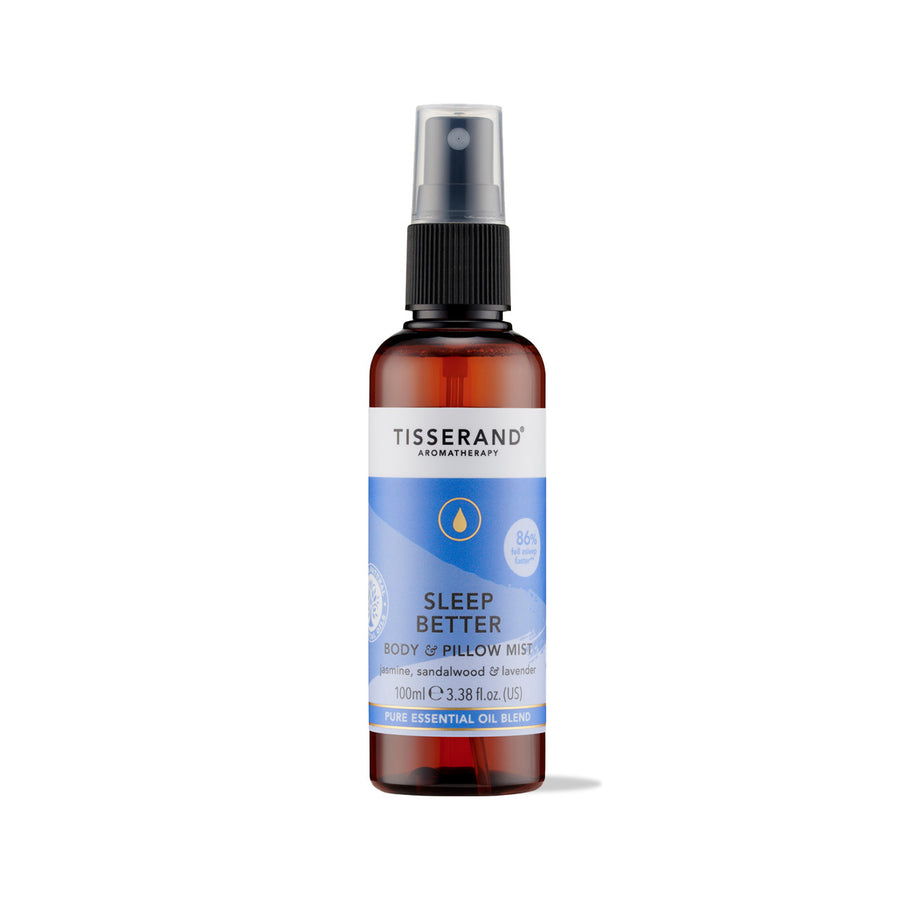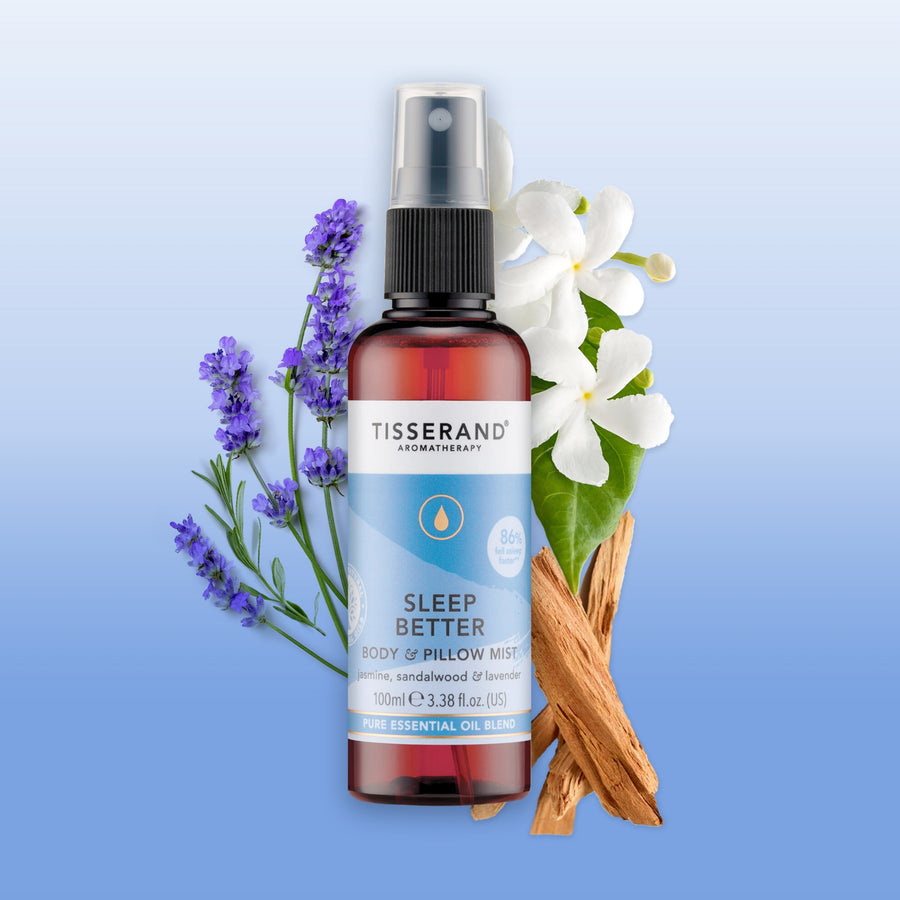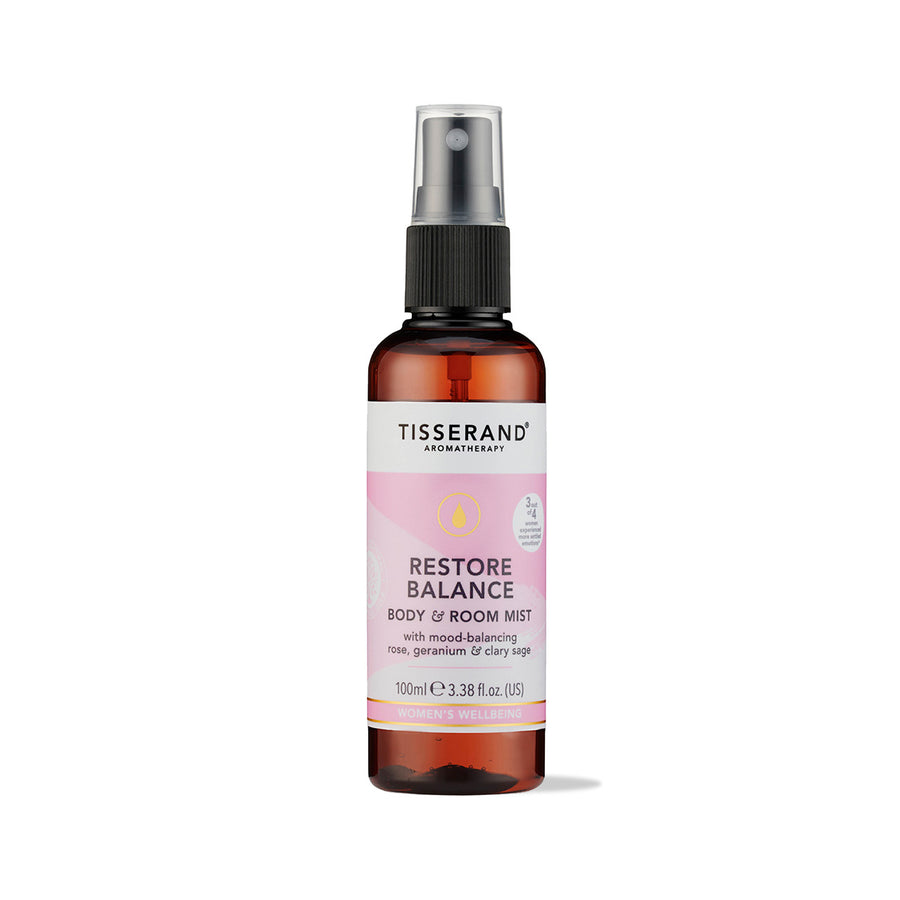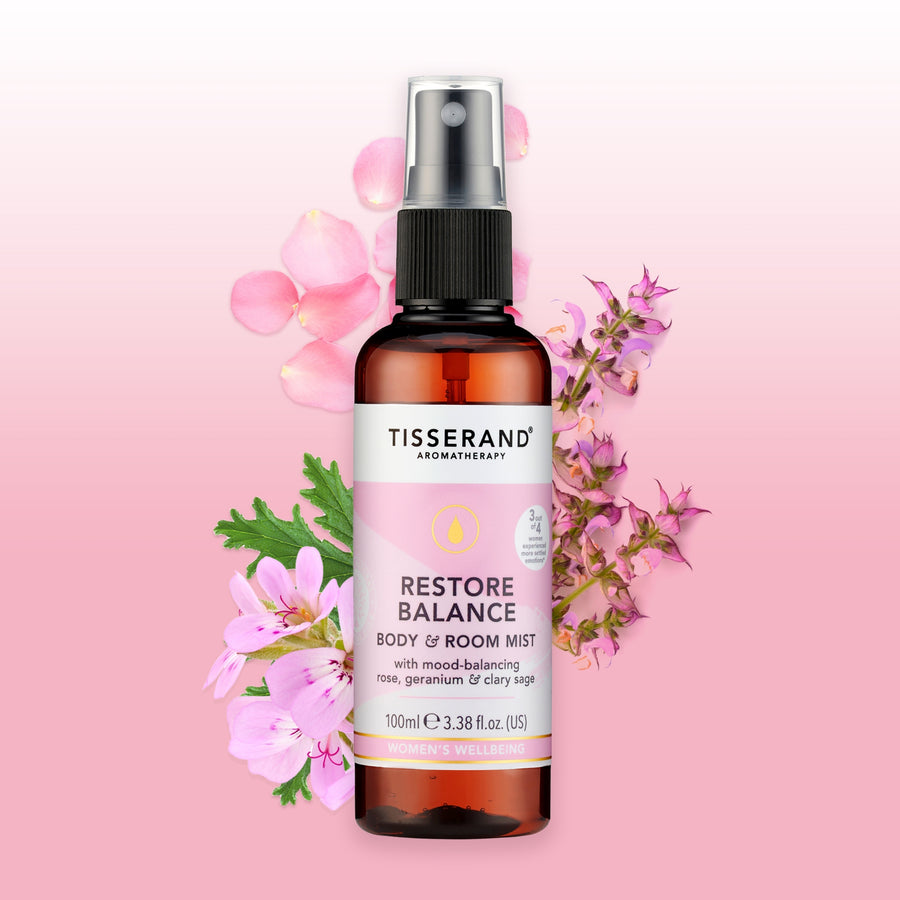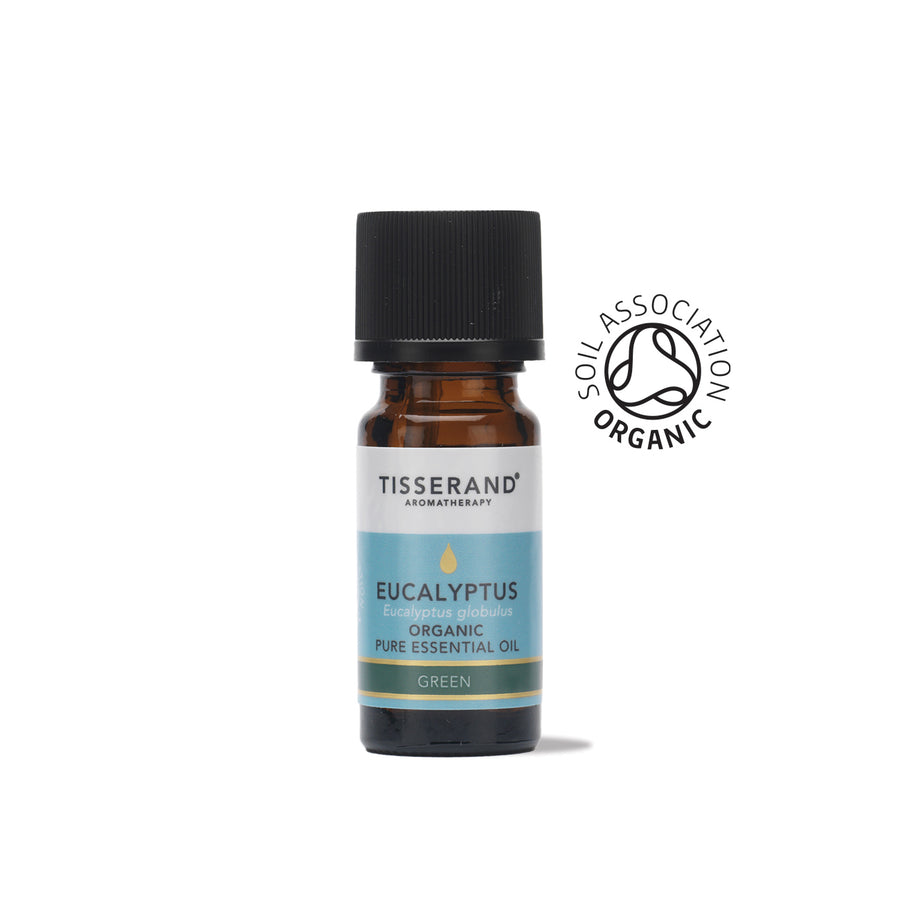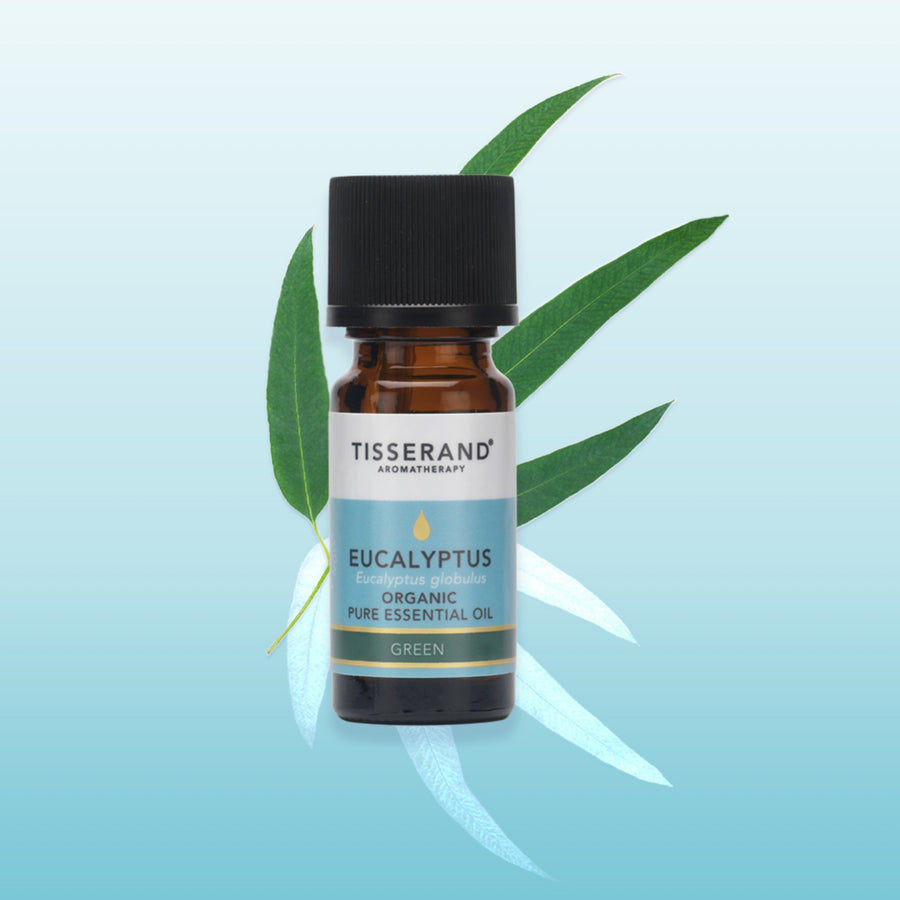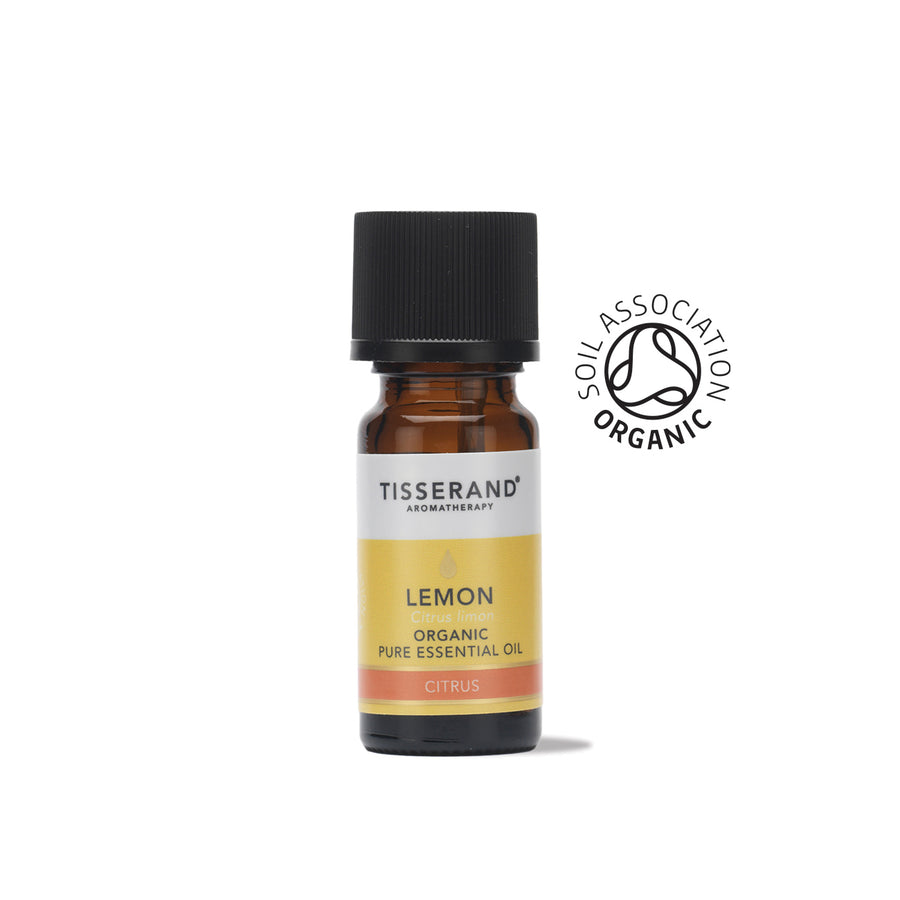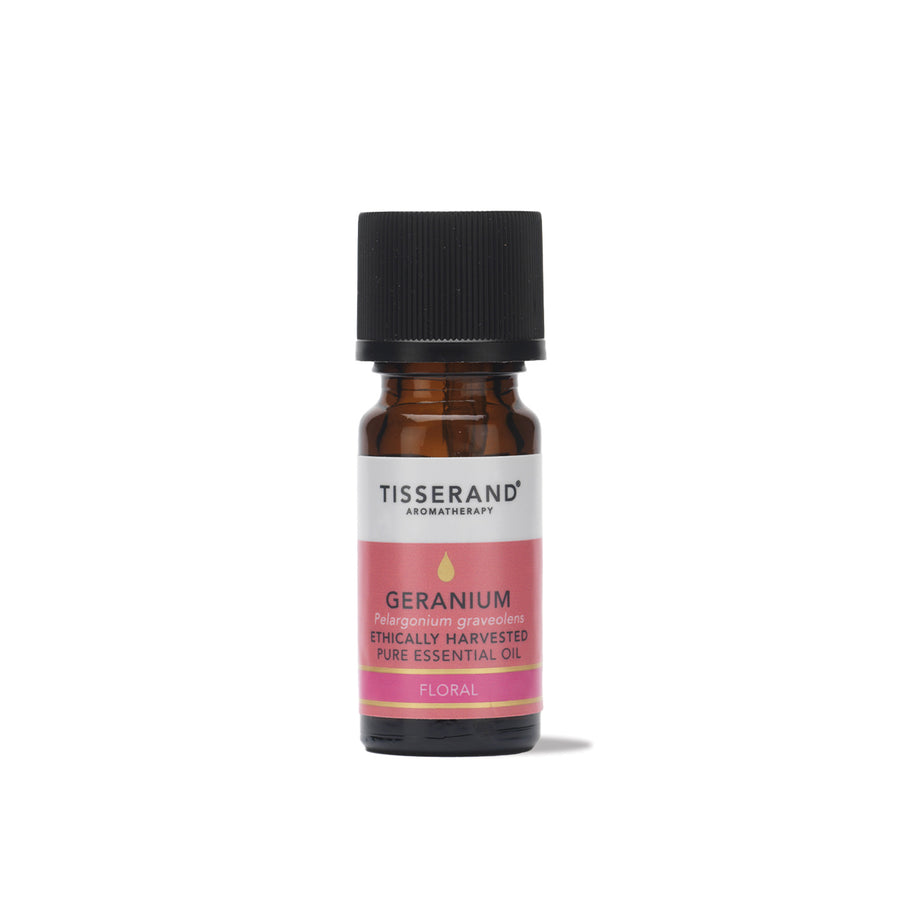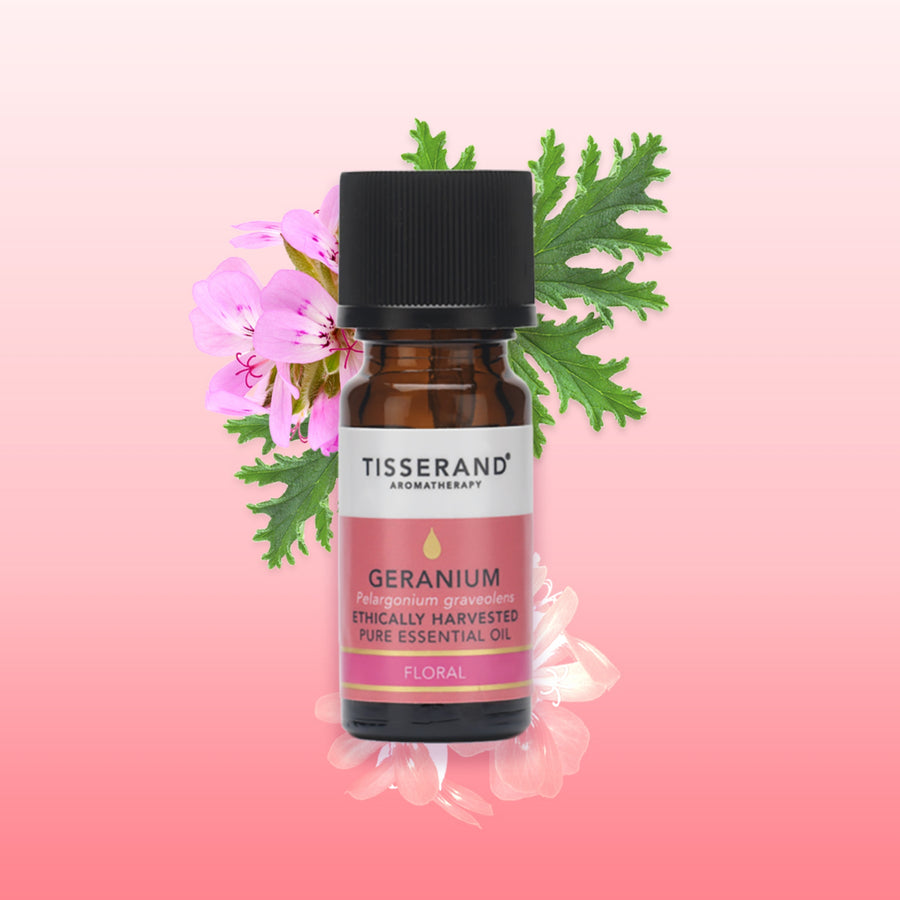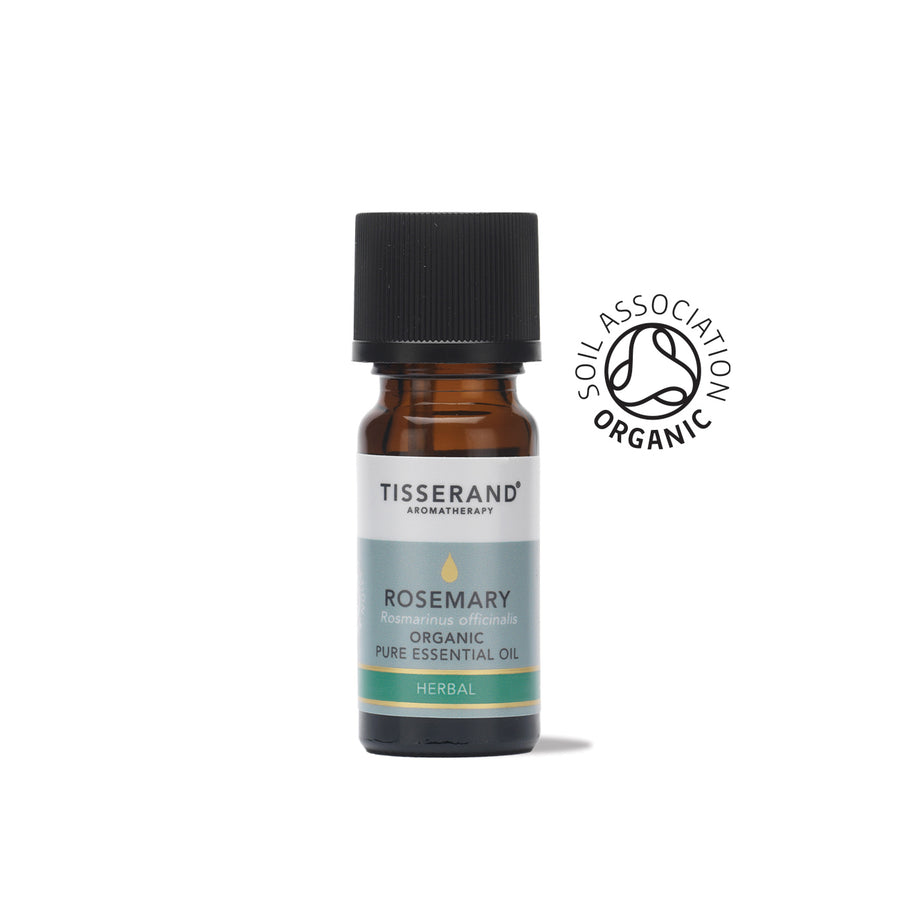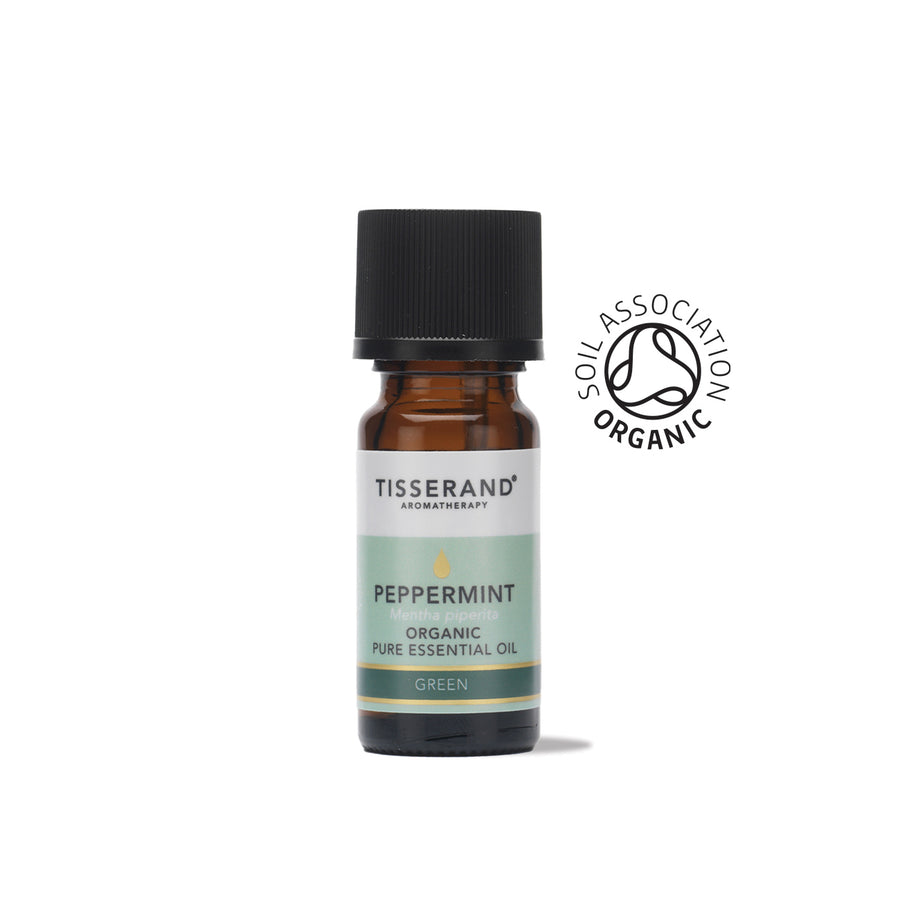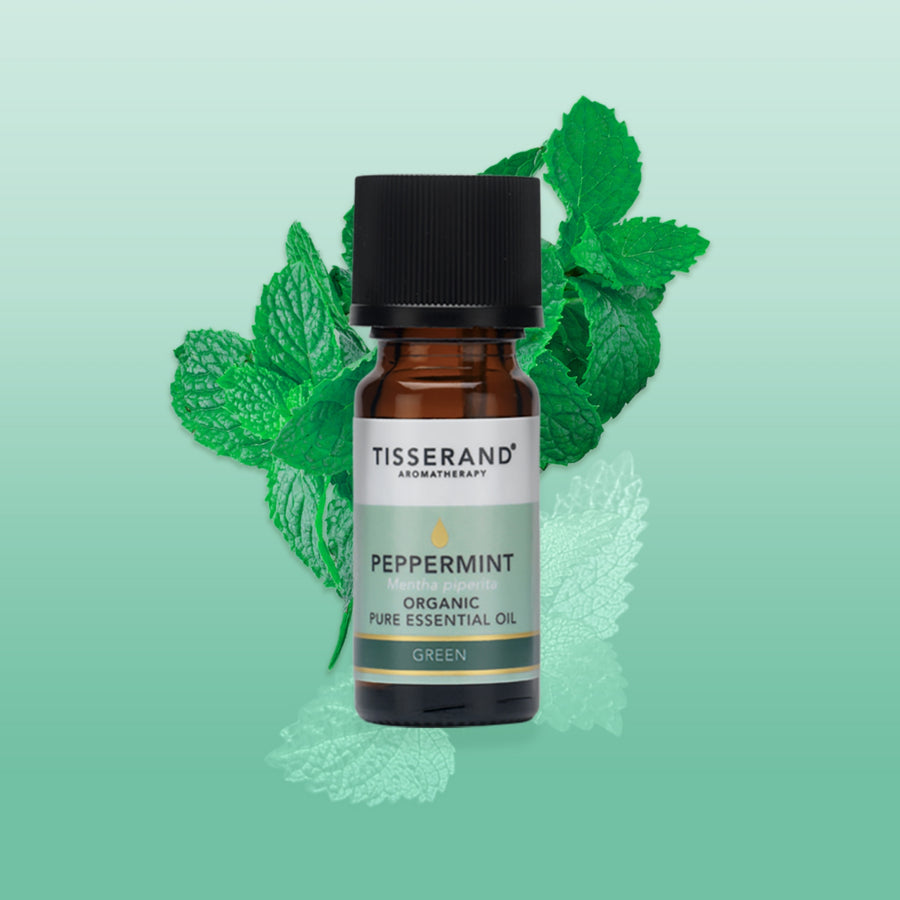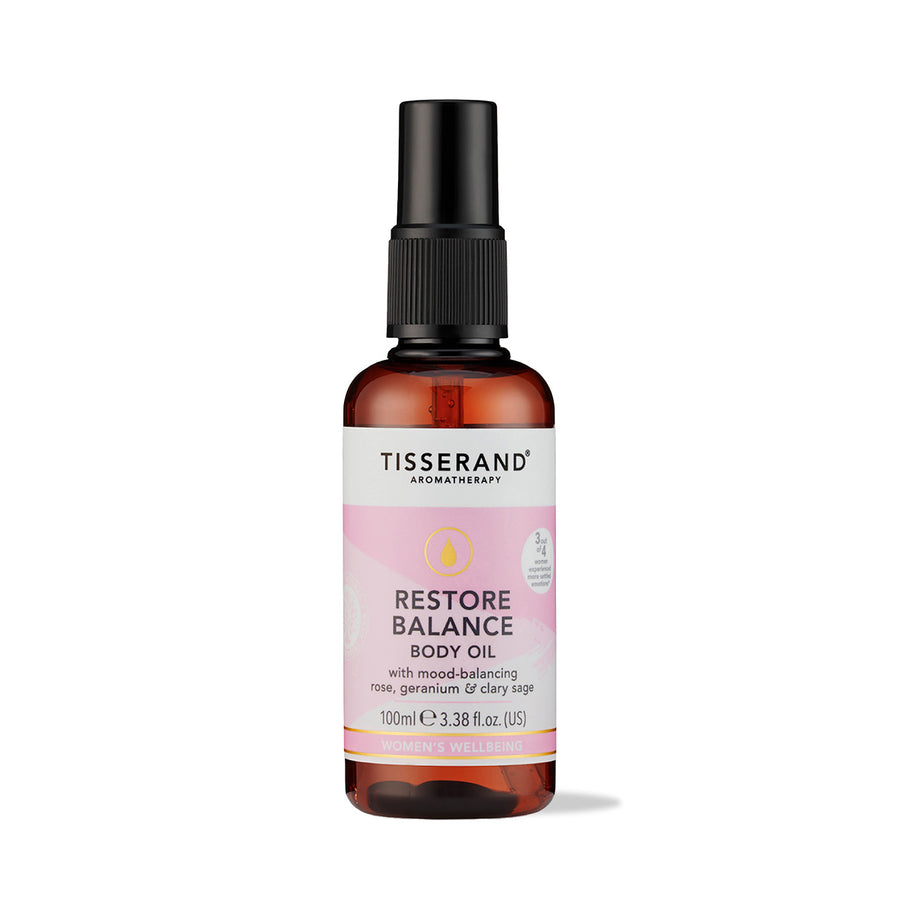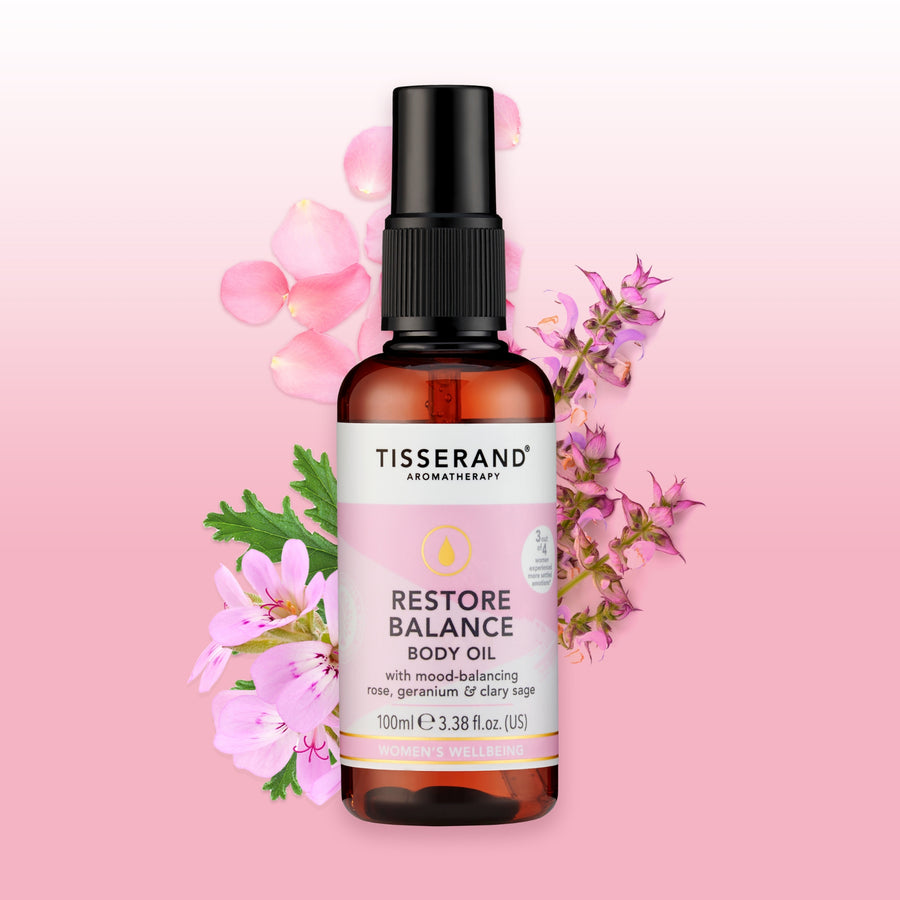Home > All Blog Articles > 5 benefits of power naps and how to make them work for you
5 benefits of power naps and how to make them work for you

5 benefits of power naps and how to make them work for you
Napping is a risky game. While it’s a quick way to boost your energy, if done wrong, you can wake up feeling worse than before. To reap the science-backed benefits of power naps, learn how to optimize your mid-day slumber.
Research has found that a short midday nap can:
Everyone has different energy levels, sleep schedules, and time available, so the optimum nap length varies person-to-person.
It’s generally thought that a short 10-20 minute nap is best for most people, however, there are benefits and drawbacks of different nap lengths.
Consider what you need from your nap and your individual circumstances to work out how to make a power nap work for you.
Benefits:
Benefits:
Benefits:
With a little planning, you can optimize the health benefits of power naps and reduce the grogginess you feel once you wake up:
Research suggests that there are benefits of power naps that make them a useful energy-boosting tool you can turn to when you’re struggling to shift the brain fog or boost your mood.
That said, they’re not going to save you from a chronic lack of sleep. A good-quality night’s rest is essential for your physical and mental health. If you’re struggling to sleep, try our Deep Sleep blend for simple bedtime rituals, and check out our sleep articles for more advice.
Napping is a risky game. While it’s a quick way to boost your energy, if done wrong, you can wake up feeling worse than before. To reap the science-backed benefits of power naps, learn how to optimize your mid-day slumber.
The health benefits of power nap:
Research has found that a short midday nap can:
- Boost energy
- Improve mood
- Increase alertness
- Consolidate memory
- Inspire creativity
How long should I nap for?
Everyone has different energy levels, sleep schedules, and time available, so the optimum nap length varies person-to-person.
It’s generally thought that a short 10-20 minute nap is best for most people, however, there are benefits and drawbacks of different nap lengths.
Consider what you need from your nap and your individual circumstances to work out how to make a power nap work for you.
20-minute power nap
Benefits:
- Generally considered the optimum nap length
- A quick energy boost
- Improves mood and alertness
- Wears off quickly
- Cannot make up for a lack of sleep
40-minute shut-eye
Benefits:
- Boosts complex thinking
- Consolidates memory and thinking
- Can lead to grogginess due to waking in deep sleep
90-minutes full-cycle
Benefits:
- A more restorative nap
- May complete one full sleep cycle
- Supports complex thinking skills
- Unlikely to wake during deep sleep, so there is less grogginess
- Can interfere with your circadian rhythm and nighttime sleep
More napping tips
With a little planning, you can optimize the health benefits of power naps and reduce the grogginess you feel once you wake up:
- Set a timer for the length of your nap.
- Account for how long it will take you to fall asleep.
- Schedule a 20-minute buffer for after you wake before you resume important tasks.
- Don’t nap too late in the day.
- Create a dark and quiet sleep environment.
- Use our Sleep Better Body & Pillow Mist or Pulse Point Roller Ball for added relaxation
Final Thoughts: Are power naps effective?
Research suggests that there are benefits of power naps that make them a useful energy-boosting tool you can turn to when you’re struggling to shift the brain fog or boost your mood.
That said, they’re not going to save you from a chronic lack of sleep. A good-quality night’s rest is essential for your physical and mental health. If you’re struggling to sleep, try our Deep Sleep blend for simple bedtime rituals, and check out our sleep articles for more advice.






